The 248-acre state park has 20 soccer fields (and there were lots of families and kids here when we visited playing la crosse). With 5 pavilions and 500 picnic tables, folks come here to enjoy swimming in the pools, boating in the Niagara River, and o the 2-mile nature trail. Sledding, snow-shoeing, cross-country skiing, and waterfowl hunting (by permit) are popular winter activities at the park.
We drove through the park directly to the Old Fort Niagara Park Visitor Center.
Control of the Niagara River meant controlling access to trade routes into the interior of America through the Great Lakes to the Ohio and Mississippi Rivers and then onto the Gulf of Mexico. Therefore, there was a fort at this strategic site for more than 300 years.
Timeline:
- 1679: The first post, Fort Conti, was established here by the French.
- 1687: Fort Denonville was built but was only open until 1688.
- 1726: France erected the "French Castle" a permanent fortification at Fort Niagara.
- 1759: During the French & Indian War, the British captured Fort Niagara after a 19-day siege.
- 1796: The fort was occupied by the British throughout the Revolutionary War, but it was turned over to the United States by treaty in 1796.
- 1813: The British recaptured Fort Niagara in 1813.
- 1815: The post was ceded to the US again at the end of the War of 1812.
The last armed conflict at Fort Niagara was during the War of 1812. It was used as a training station (and barracks) for American soldiers during World War I and II. The last US Army troops were reassigned in 1963. The US Coast Guard continues to maintain a presence on this site.
Below is an 18th century iron British 6-pounder cannon and Rudyerd field carriage, a weapon once used at Fort Niagara.
The museum at the Visitor Center had lots of interesting displays about the history of Fort Niagara. Below are uniforms from World War I. The one on the left is a Standard US Army uniform worn by those training at Fort Niagara in 1917. The one on the right is the uniform of French Lt. Marie Emile Marcel Matuchet (1884-1914).
Trapping beaver was an important aspect of the early economy of the area. It was also the foundation of trade between settlers and Native Americans. The Tuscarora Nation migrated back to western New York in 1722 and was accepted as the sixth nation of the Iroquois Confederacy. The Tuscarora had moved to eastern NC but after conflicts with settlers there, returned to their homeland. This painting, The Tuscarora, by Geoffrey Harding (2014) pays homage to them.
The "French Castle" (1726) could be seen as walked to the entrance of the Fort.
The Gate of Five Nations was the entrance from 1756-1805 (and is a reconstruction built in 1931). It was named in honor of the Five Nations of the Iroquois Confederacy by the French. The drawbridge mechanism is shown.
The South Redoubt (1770) was built by the British to protect the main gate. Accommodations for troops were on the second floor and the guard room and cannon on the third.
Below is a view of the Dauphin Battery (1756) from the 3rd floor of the South Redoubt. It had a 5-gun battery designed to protect the main gate. It was armed with three 6-pounder and two 12-pounder cannons.
And I loved this view of the French Castle with Lake Ontario in the background from this location.
The Provisions Storehouse (1762) built by the British was used to store 7,000 barrels of food.
Built by the French, the Powder Magazine (1757) survived the siege of 1759.
The US built a massive river wall during the Canadian rebellions in 1837-38. The guns on the Battery faced Fort Mississauga on the opposite (Canadian) shore.
There are multiple period-dressed volunteers re-enacting the duties of individuals in the fort. Women were hired to do the laundry for the 1,100 troops here. Their underclothes (worn as night shirts and underwear) were washed twice a week and their sheets once a week. Of course, bathing by the men was a rare occurrence.
A baker was considered skilled labor and paid much more than a soldier. They had to know math and how to cook for a large number of people. Below is the British-built bake house and bread oven. Bread was baked here until 1870.
This is the oldest building at Fort Niagara and the eastern interior of North American. Designed to look like a house, defensive positions were positioned in the dormer windows on the third floor to provide protection.
The French military kitchen and dining room was originally located here. Nearby was the stock room. Soldiers slept shoulder to shoulder on these wooden platform beds called cribs.
On the second floor was a Jesuit Chapel, accommodations for troops, officers' quarters, officers dining room, and commandant's room.
The third floor served as a lookout (with rifle slots) to protect the garrison.
The Rush-Bagot Monument (erected in 1934) commemorates an 1817 treaty that limited armaments on the Great Lakes.
The bronze Millet Cross (erected in 1926) commemorates a wooden cross erected here French Jesuit priest, Father Pierre Millet in 1688.
The North Redoubt (1771) is very similar in structure to the South Redoubt. There are great views of both Lake Ontario and the fort from the third floor.
Three flags fly at the fort representing those that occupied Fort Niagara: France (1726-1759); Britain (1759-1796; 1814); and the United States (1796-1813, 1815 onward).
As we concluded our self-guided tour of the Fort (guided tours are also available), we stopped to chat with these handsome, young British soldiers, Jake and Tim.
Our final stop at the Old Fort Niagara Park was the Fort Niagara Light. It is generally believed that there was a light for navigational purposes atop the French Castle by 1771 and that it was removed in 1803. The Newark Light was erected on the Canadian side of Niagara River and operated from 1804 until 1814. In 1822, the United States commissioned a light for navigation, again on top of the French Castle. It went into operation in 1823. Thirty-five years later, the light was replaced with a Fresnel lens from Paris.
In 1871, an existing stone tower was used to construct the 50' lighthouse shown below. The fresnel lens was moved from the French Castle to it.
The Fort Niagara Light was eventually electrified/automated and remained in operation until 1993 when it was replaced with high-powered lights at the US Coast Guard Station.
The Fort Niagara Light was eventually electrified/automated and remained in operation until 1993 when it was replaced with high-powered lights at the US Coast Guard Station.
As history lovers, we really enjoyed seeing this historic fort and learning about its rich history at this strategic location. The French Castle is especially fascinating. For additional information about the Old Fort Niagara Park, visit www.oldfortniagara.org.
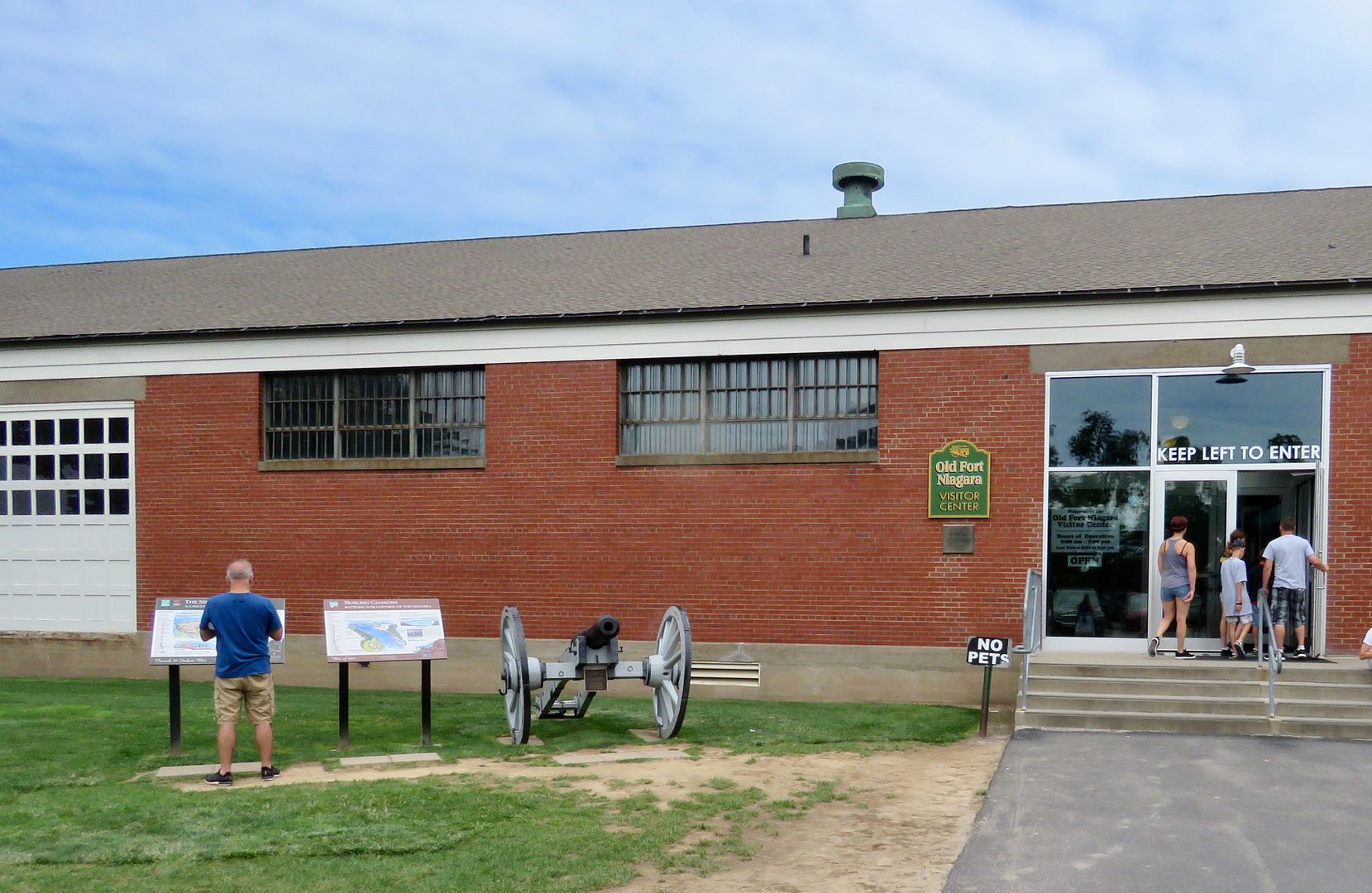
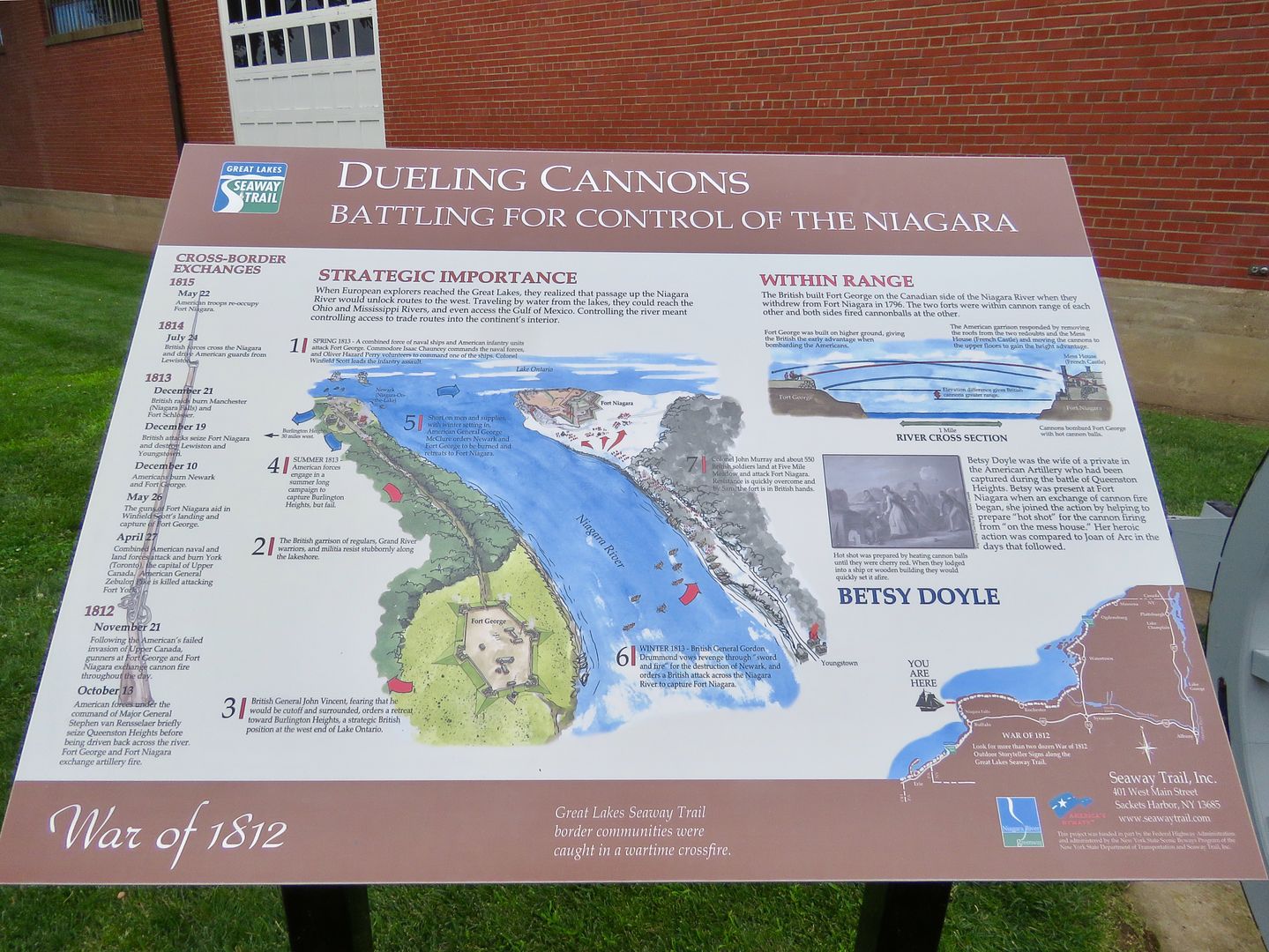
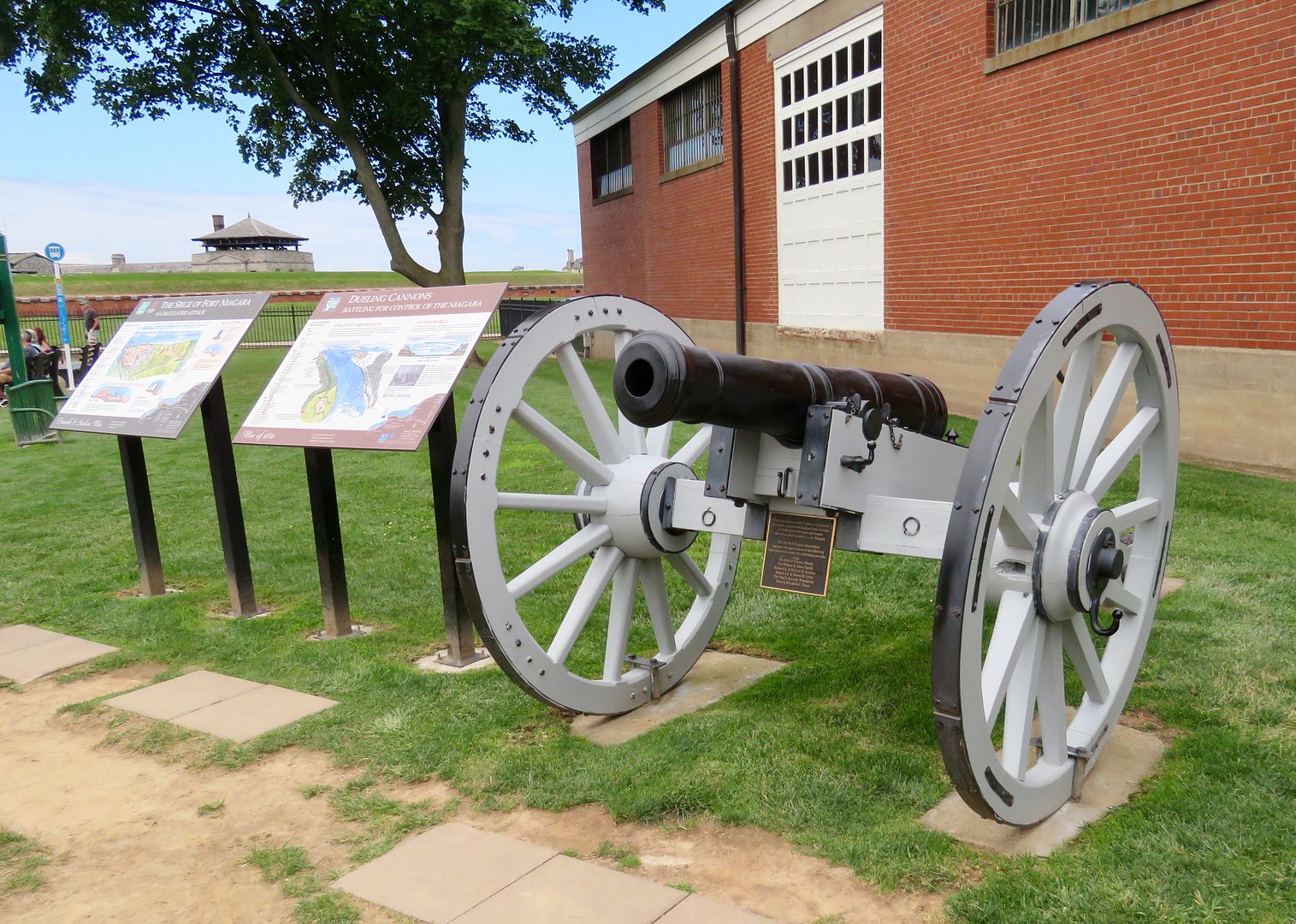
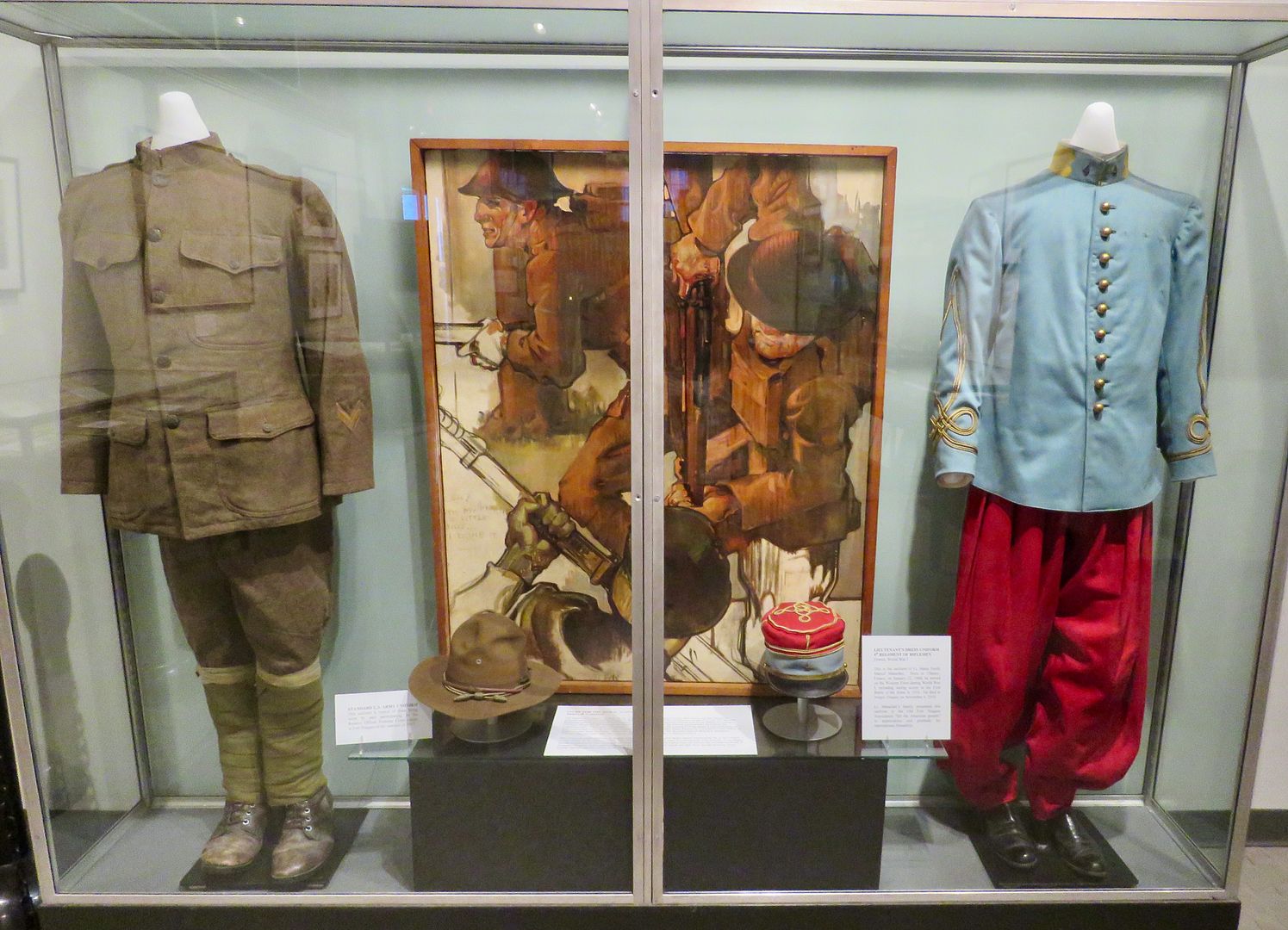

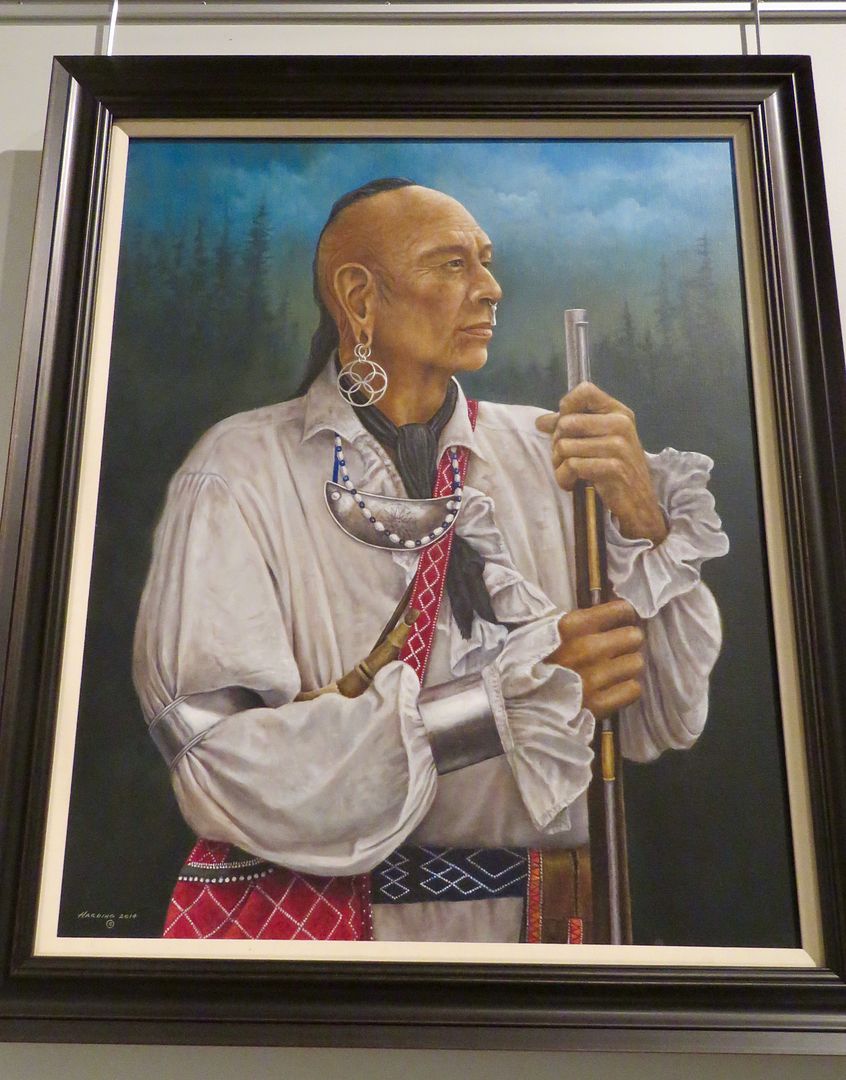

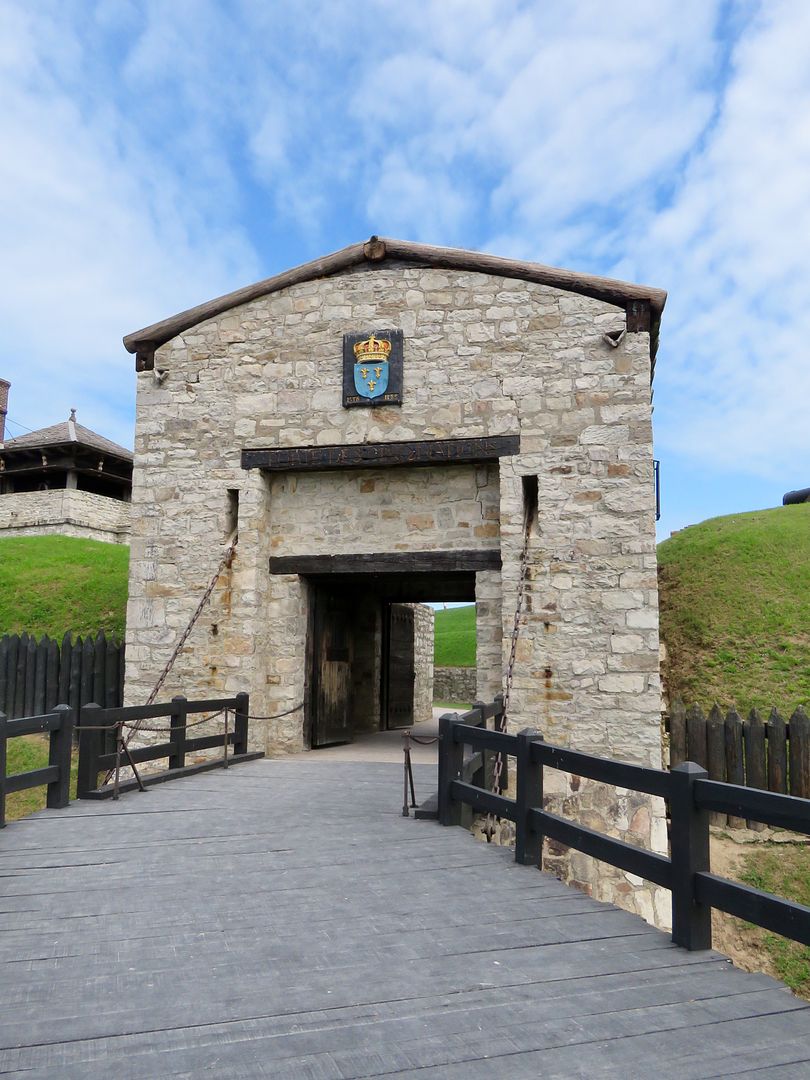

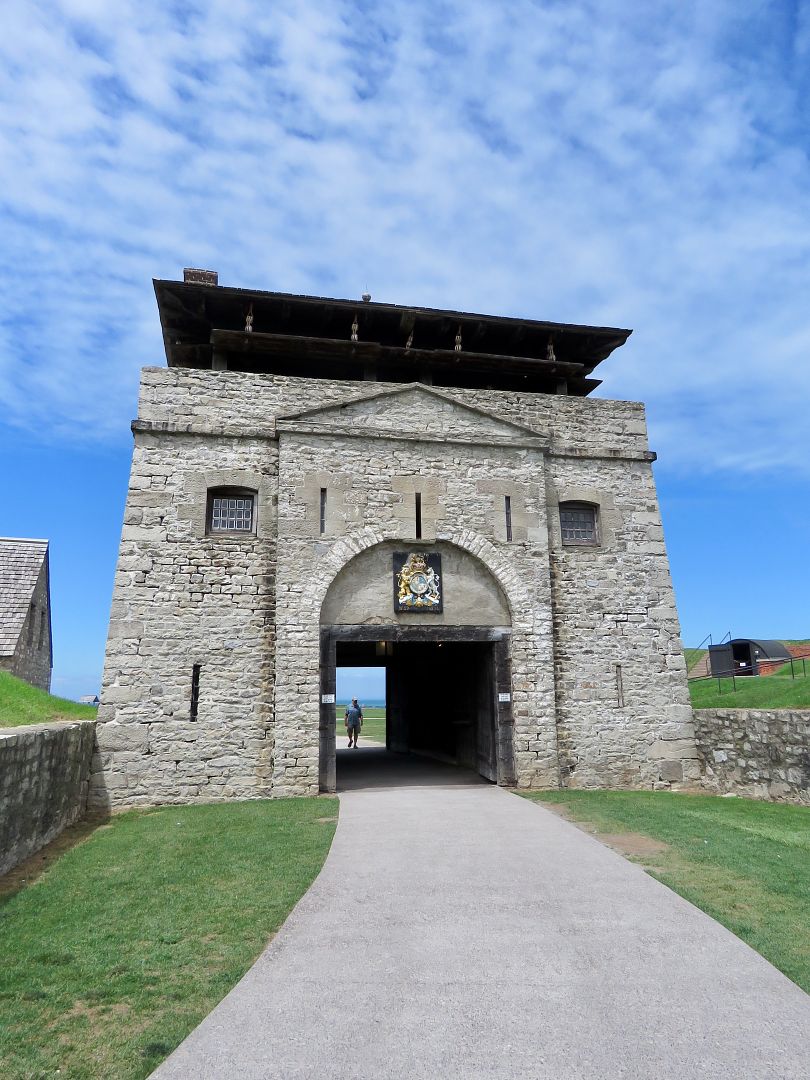



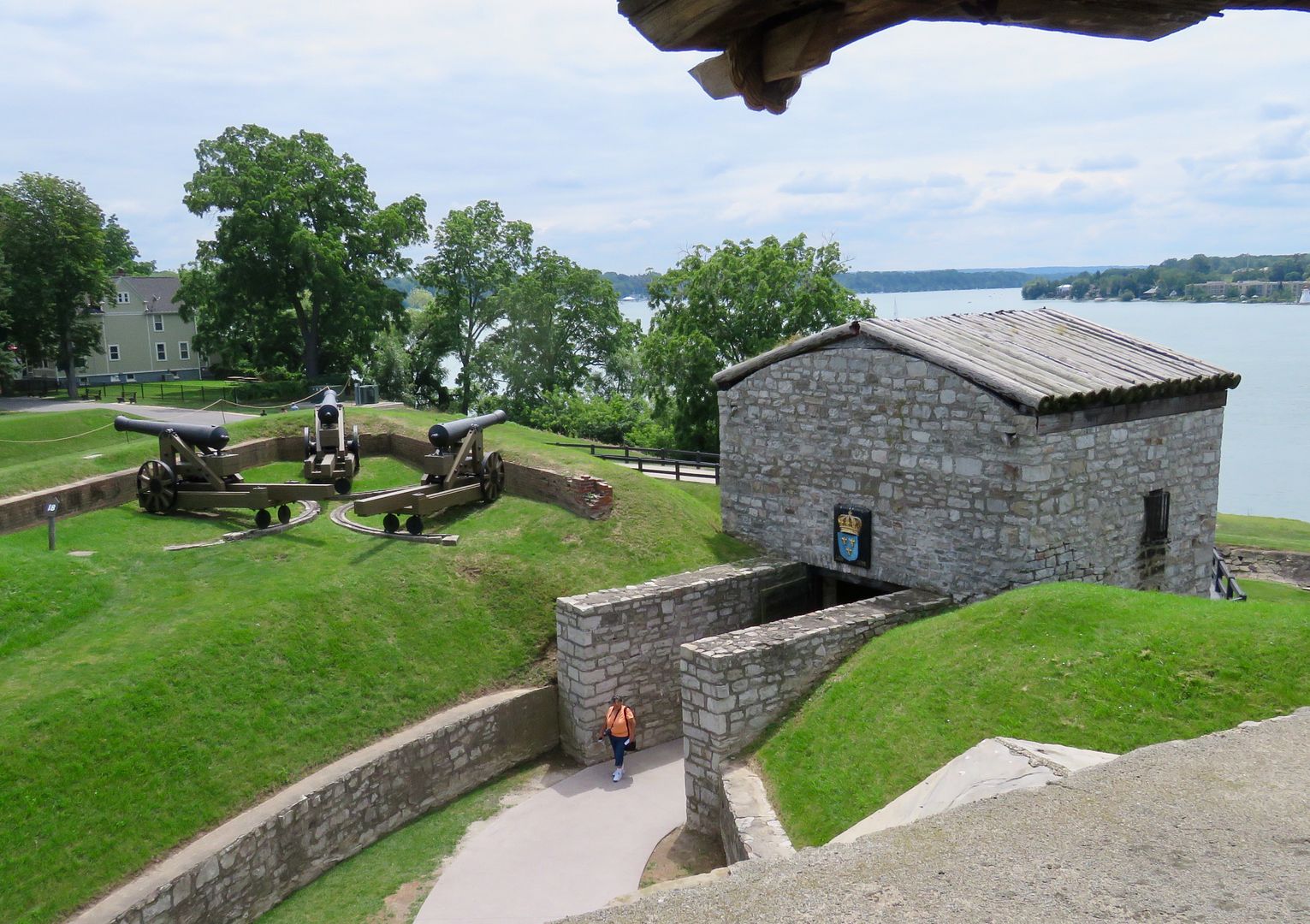
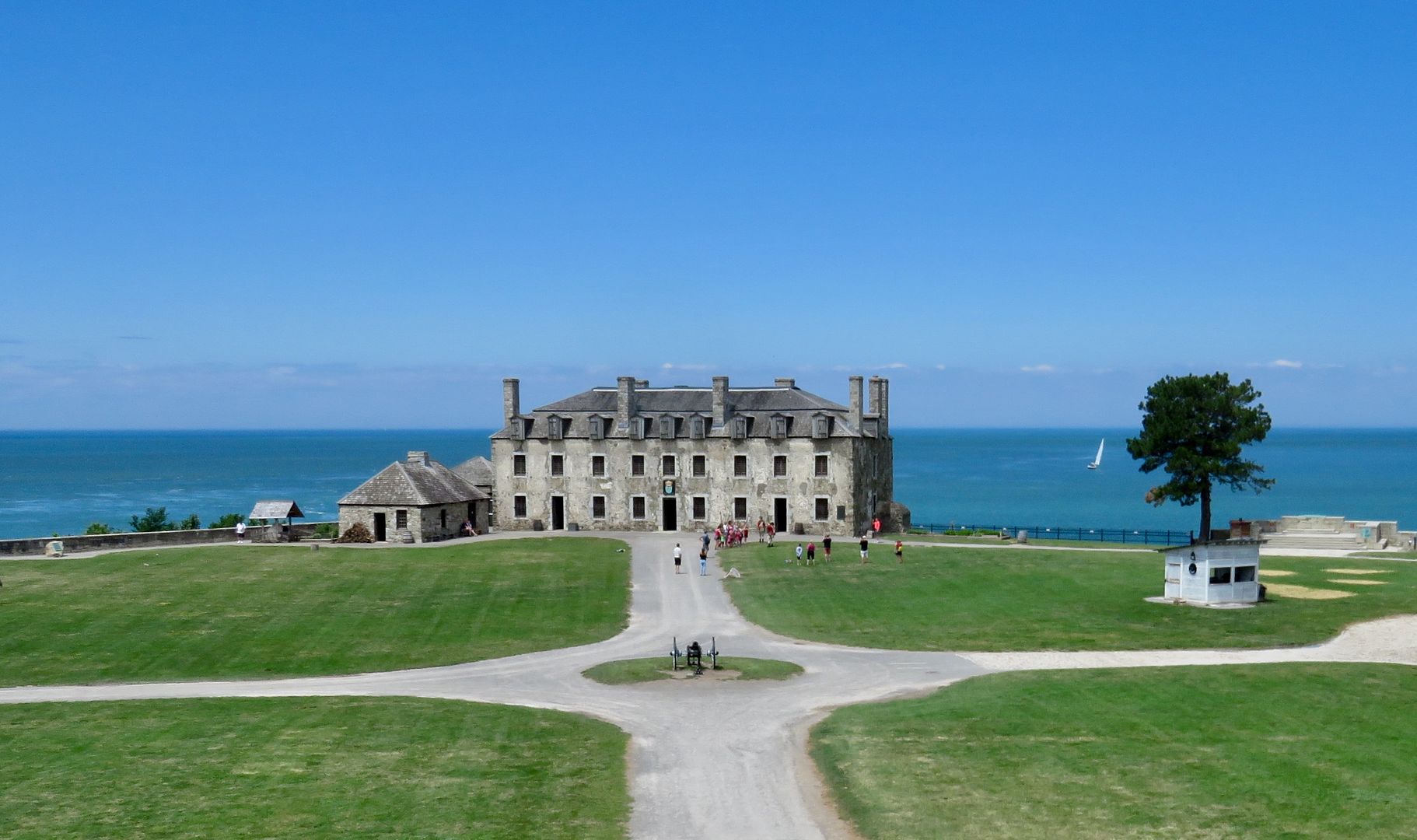


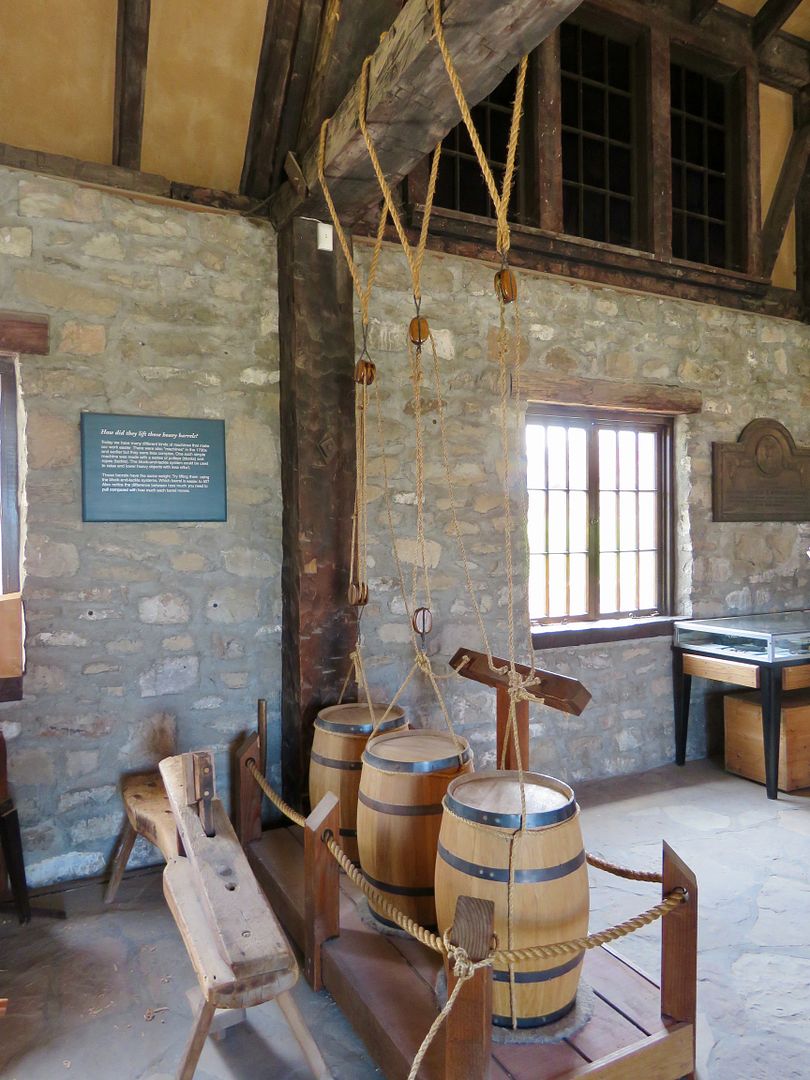
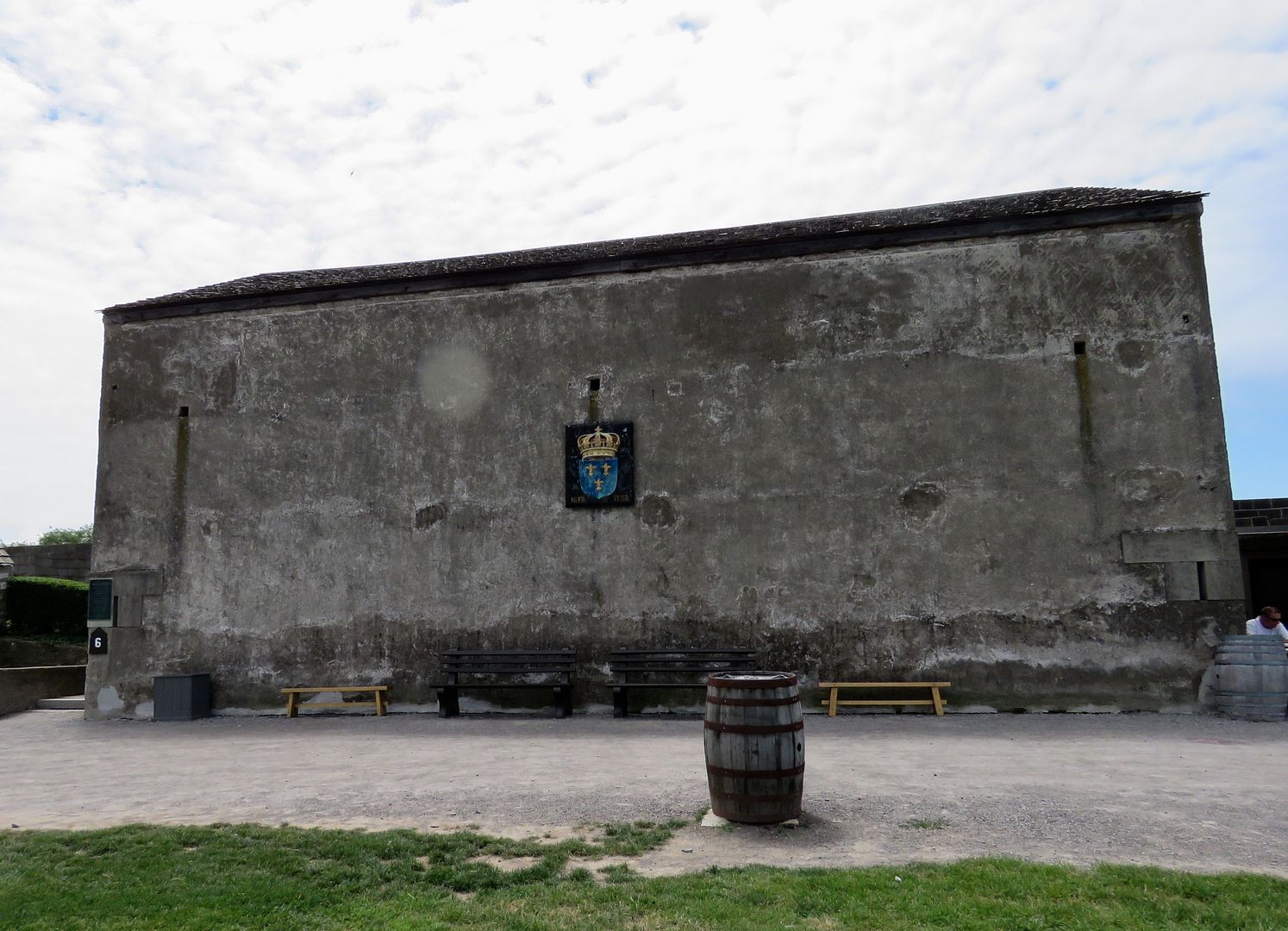
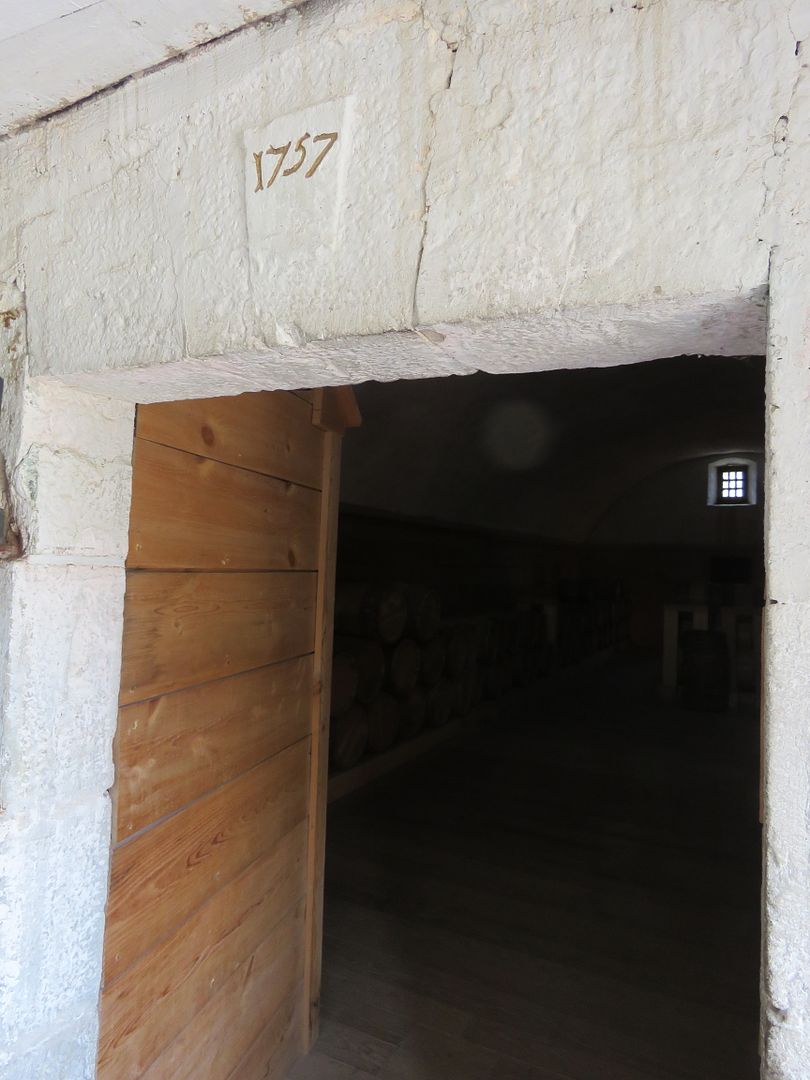
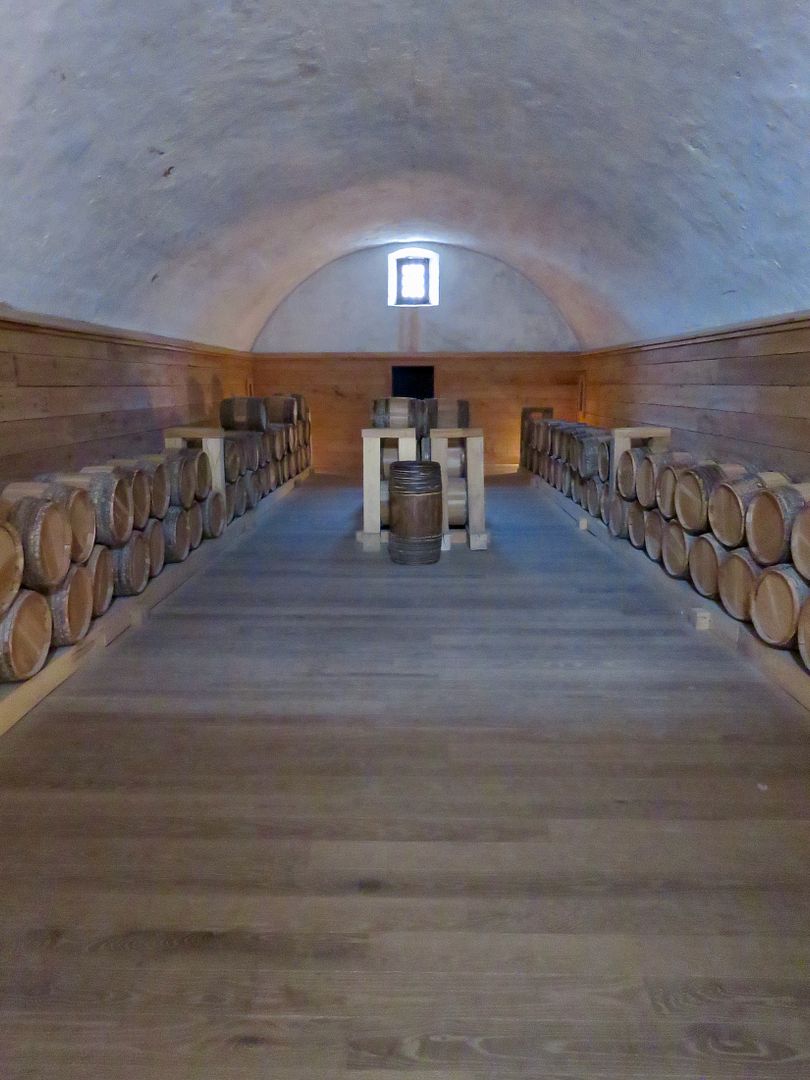
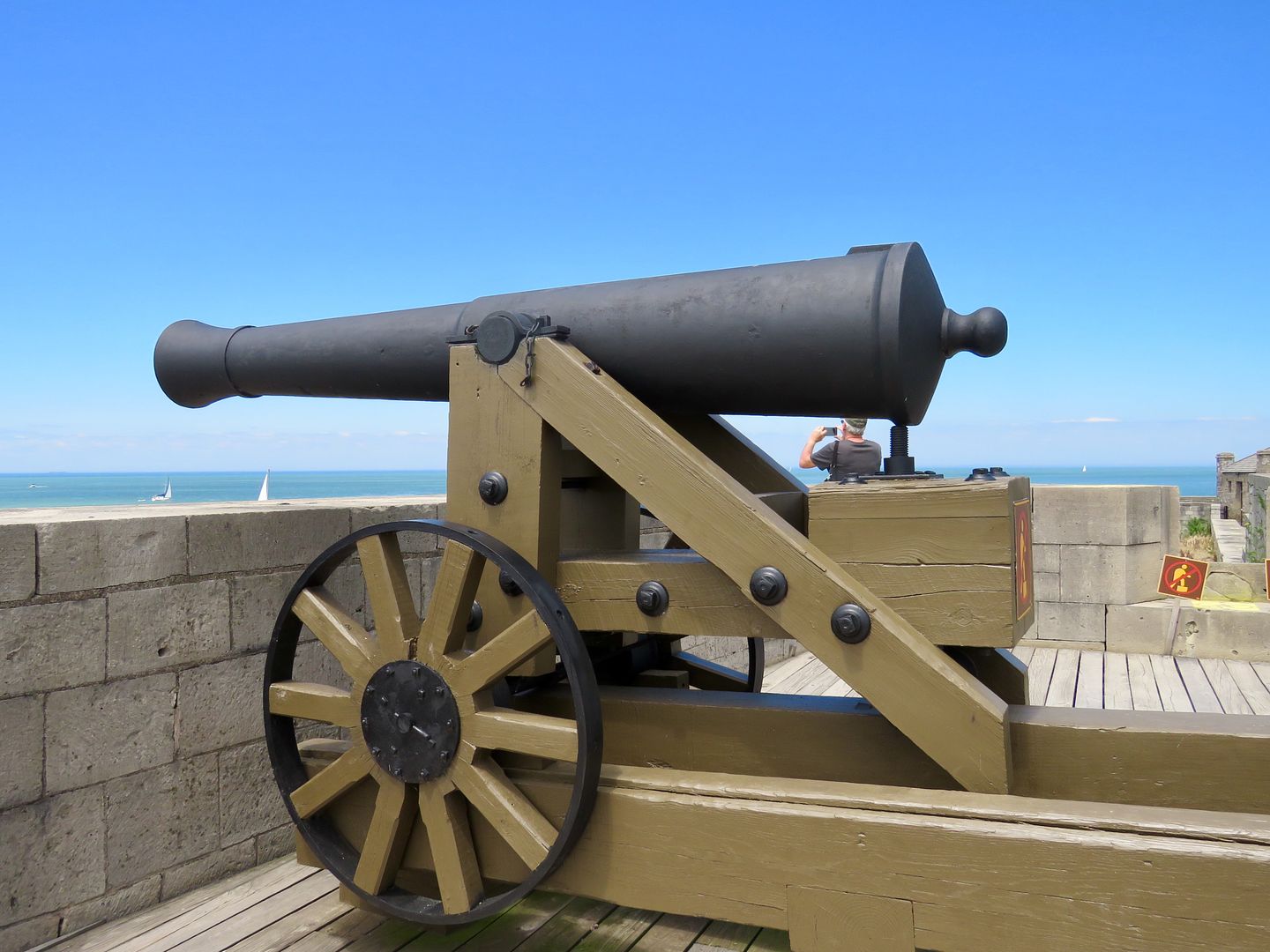
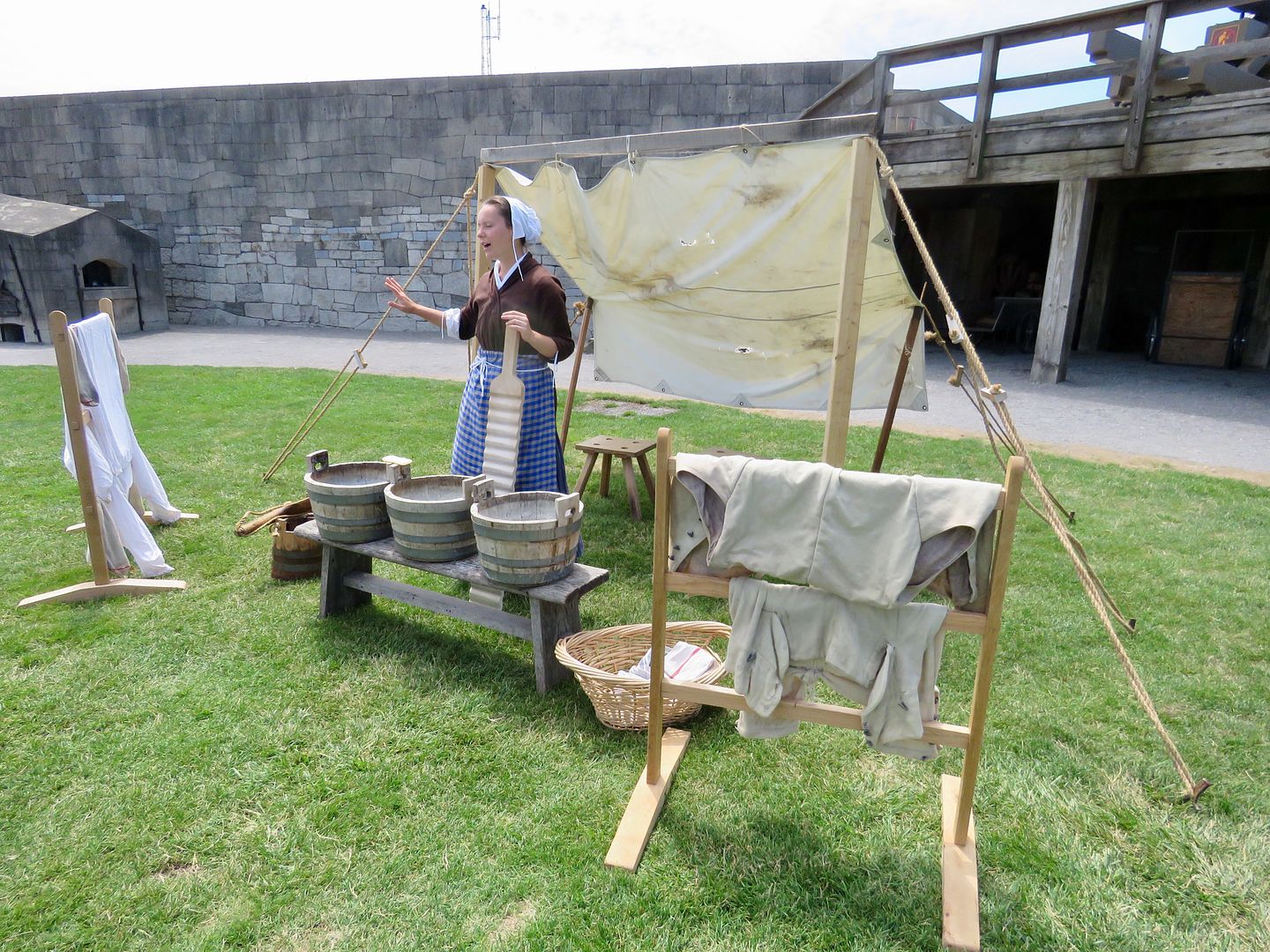
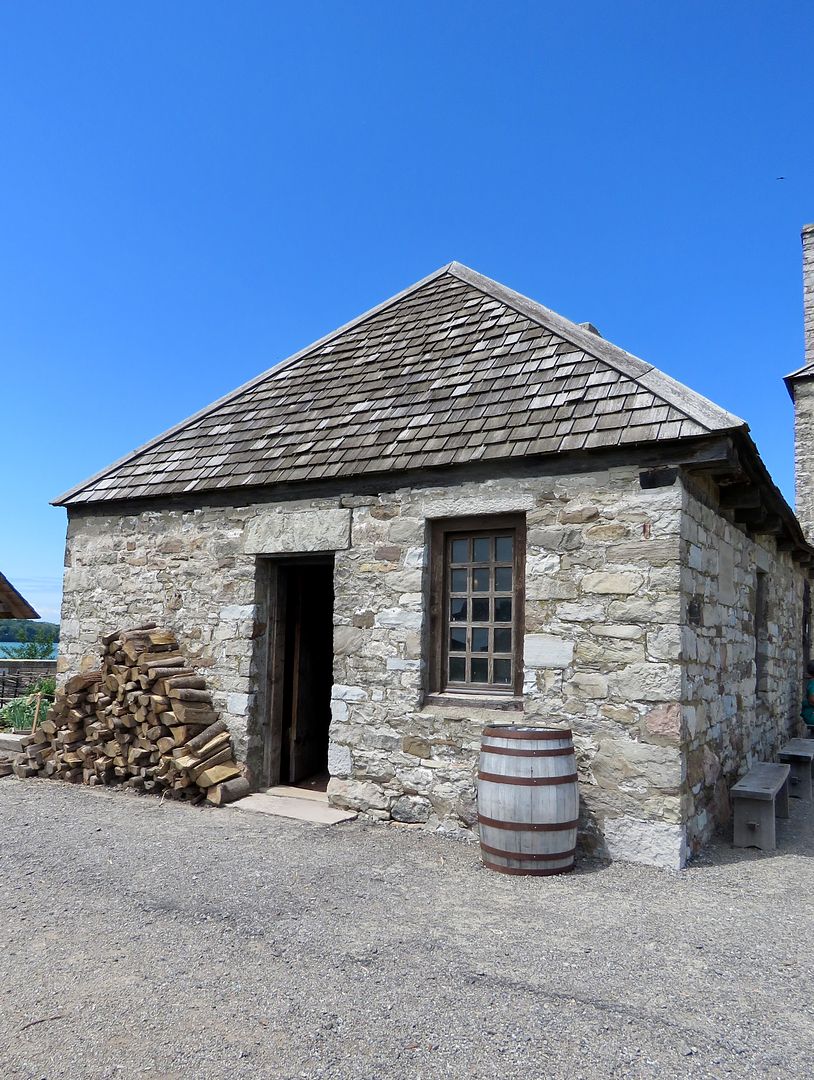
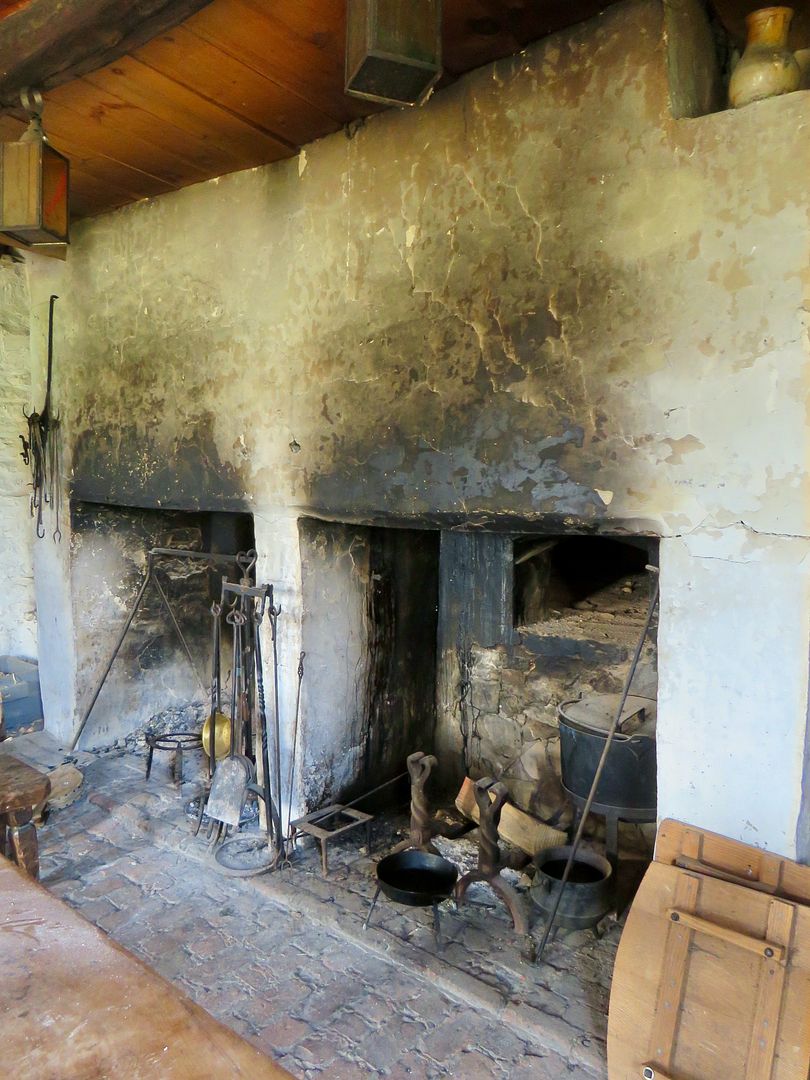
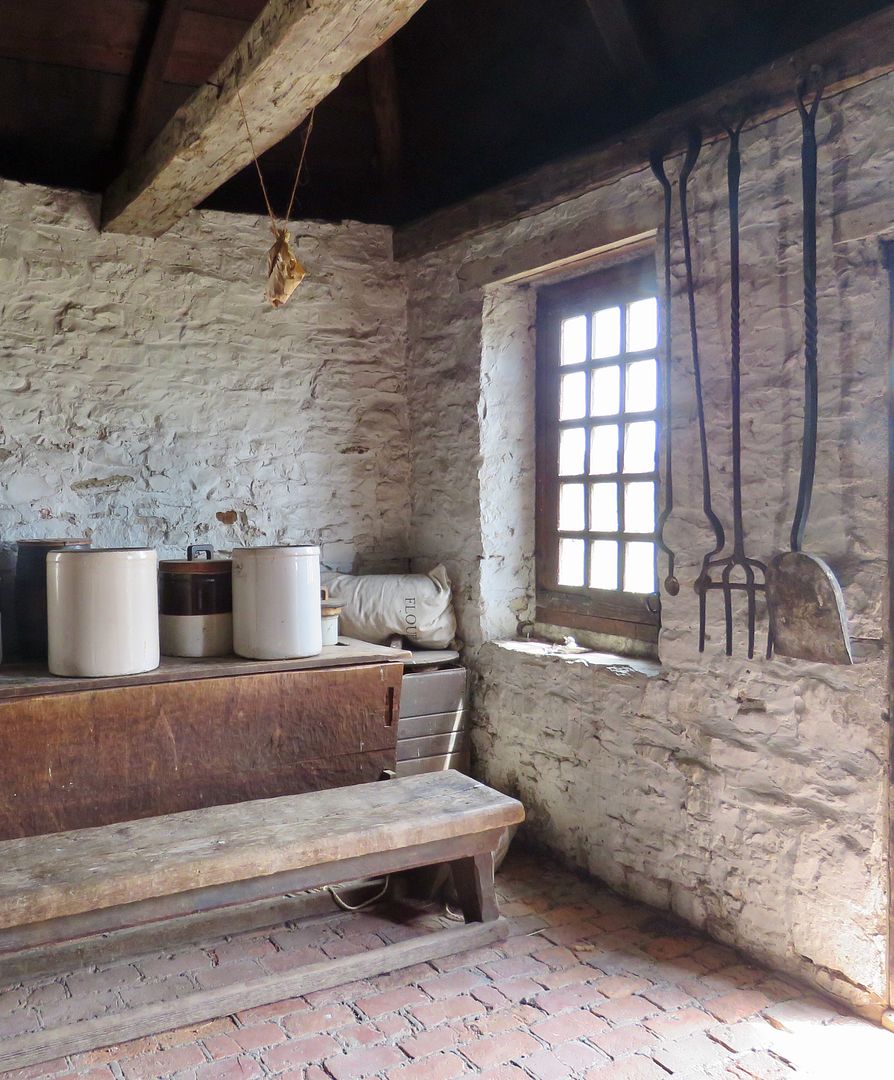

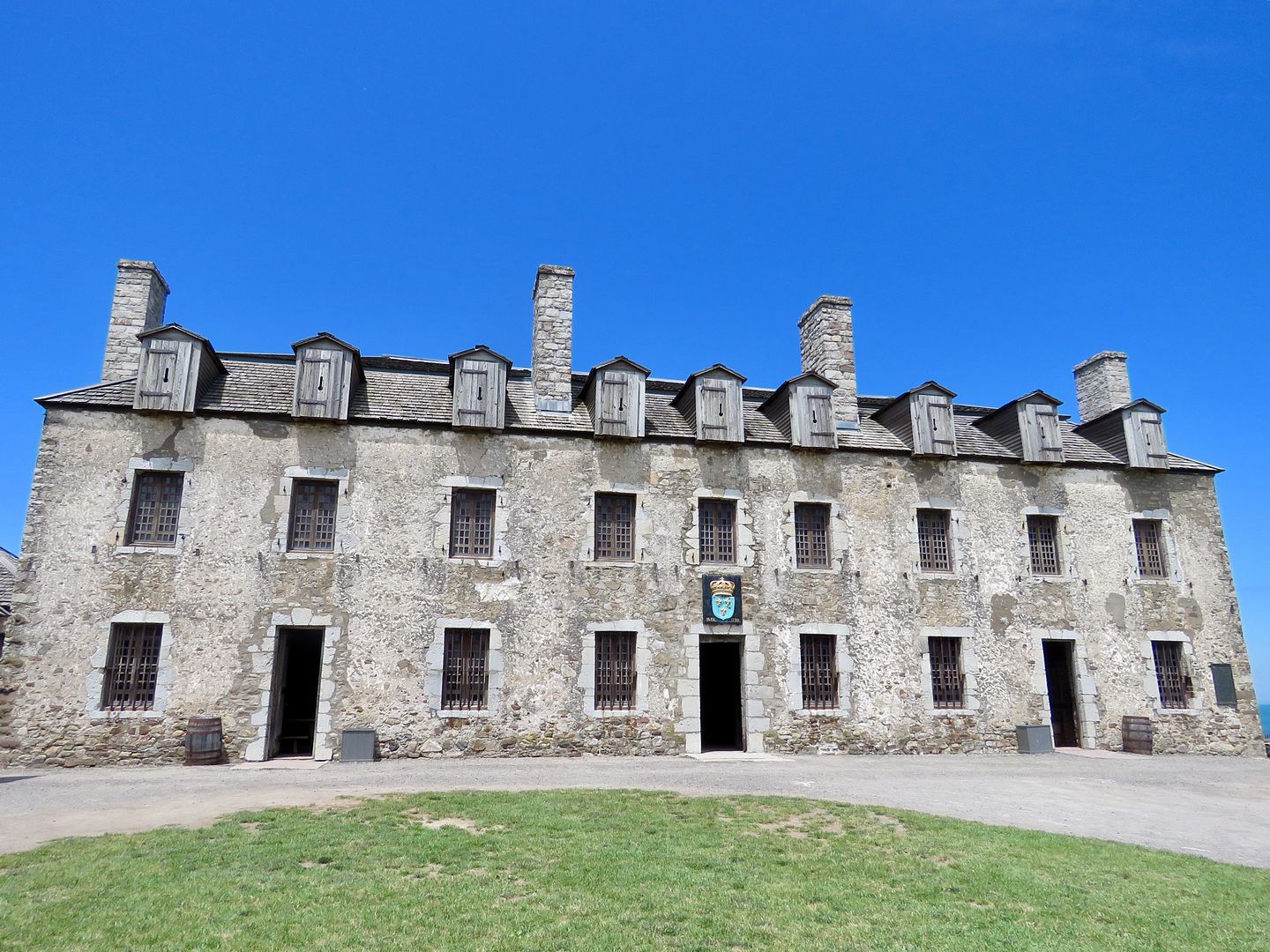
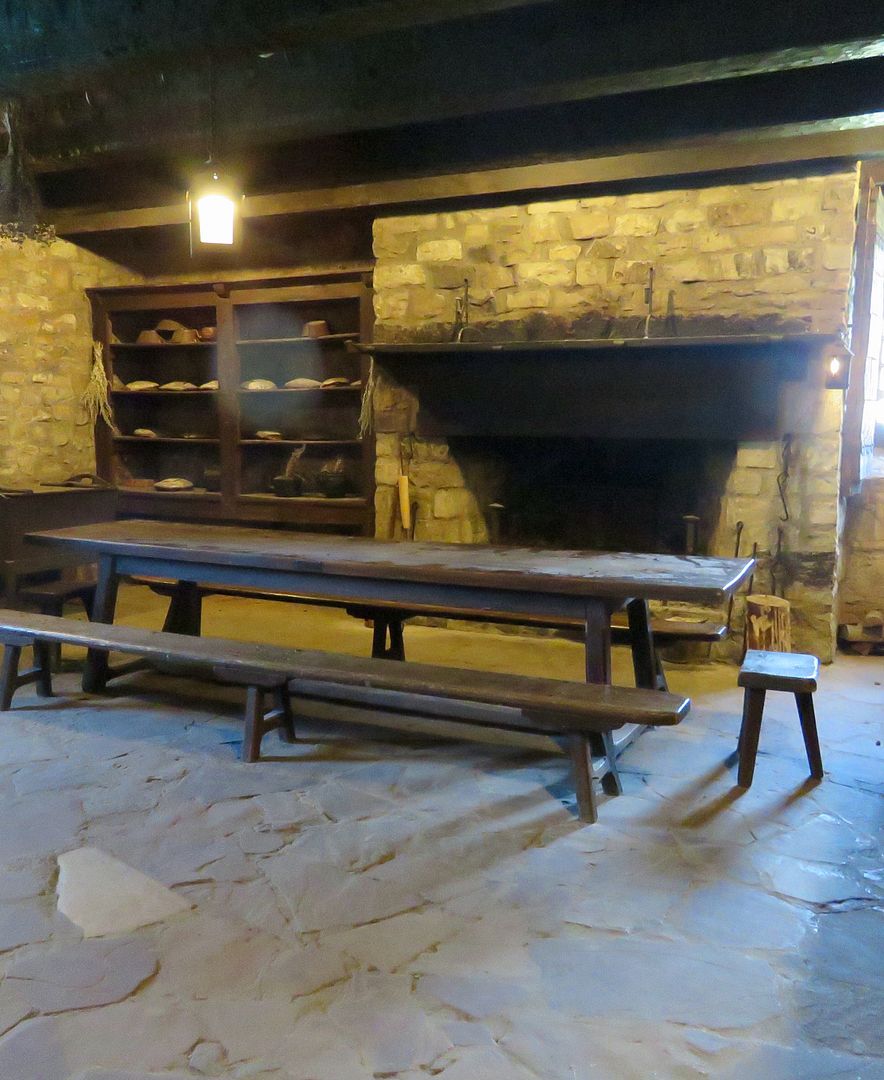
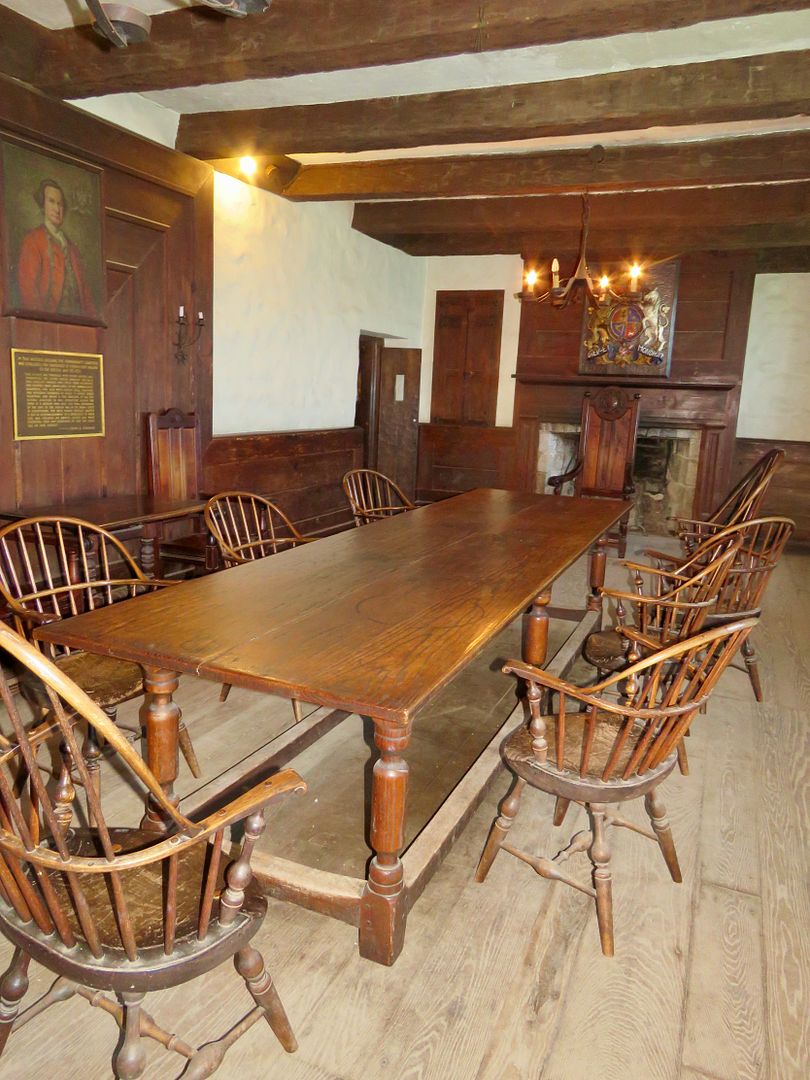


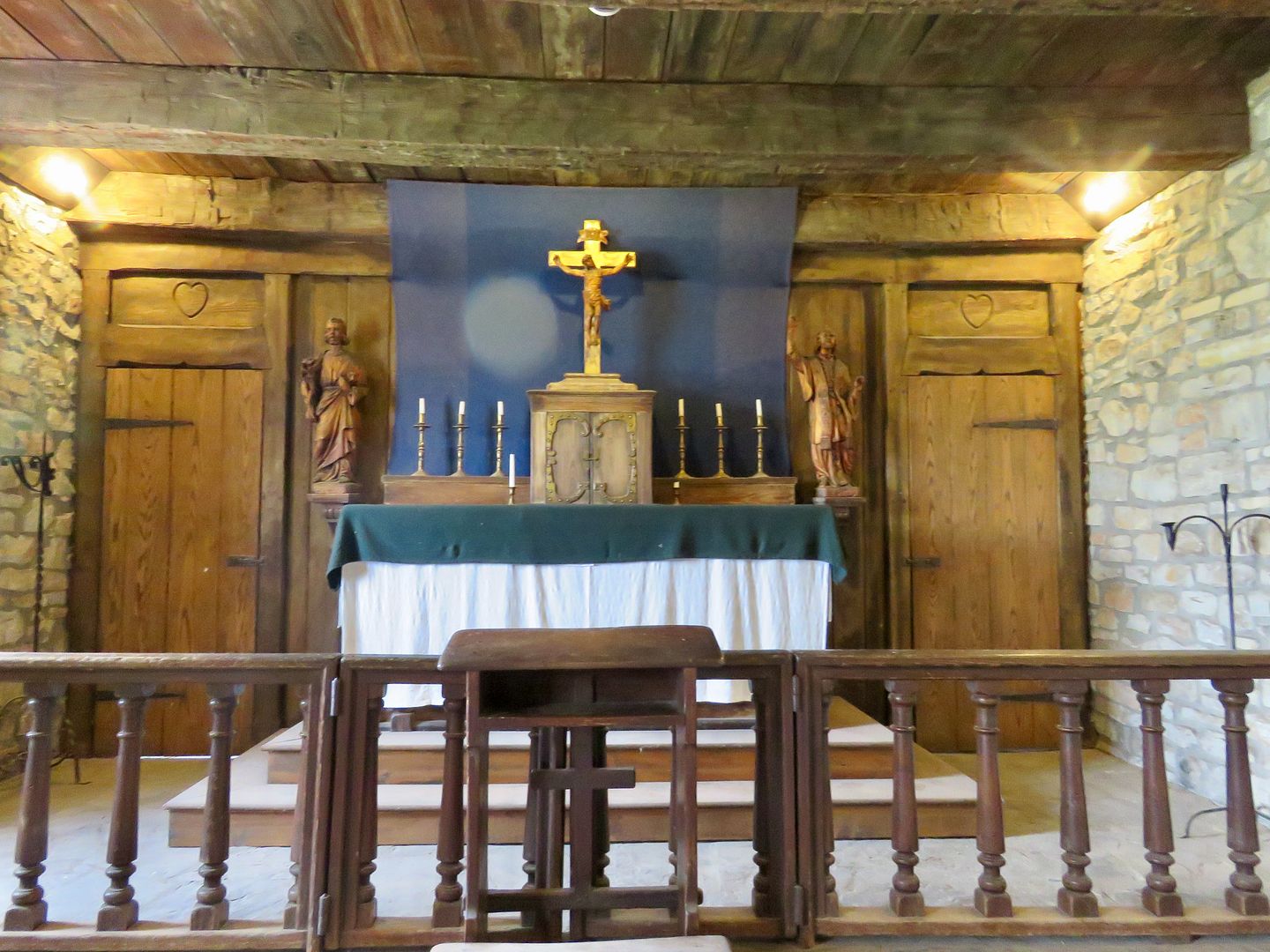
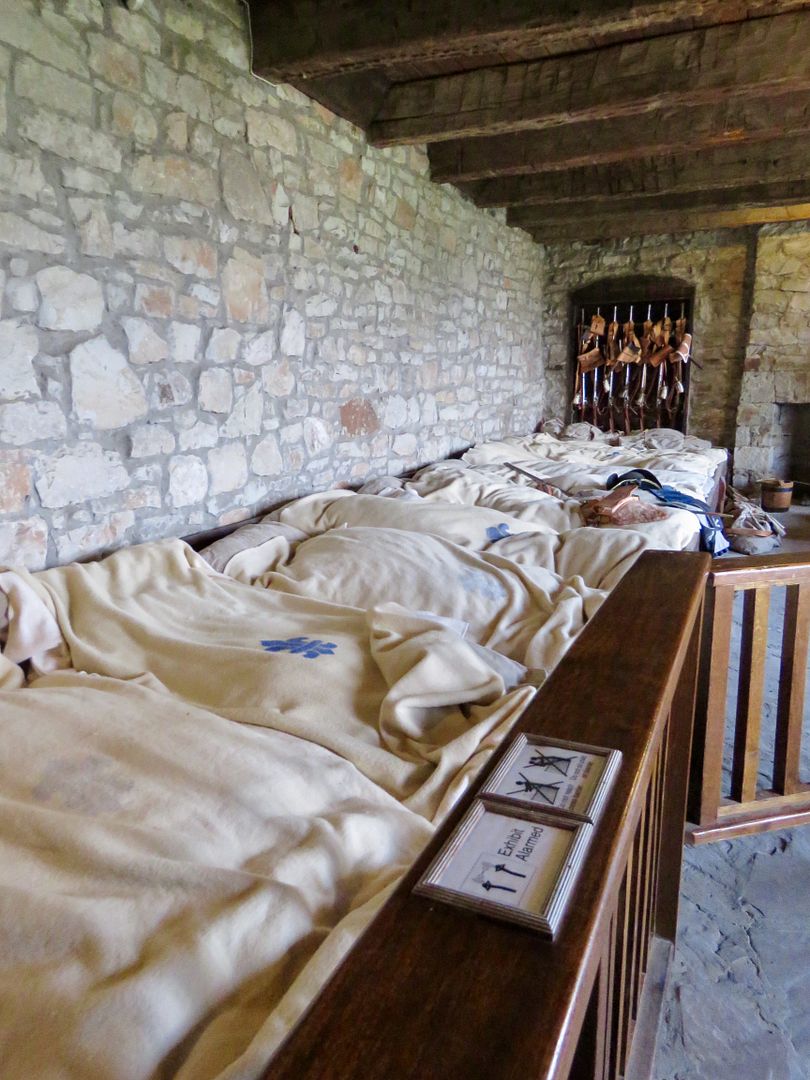
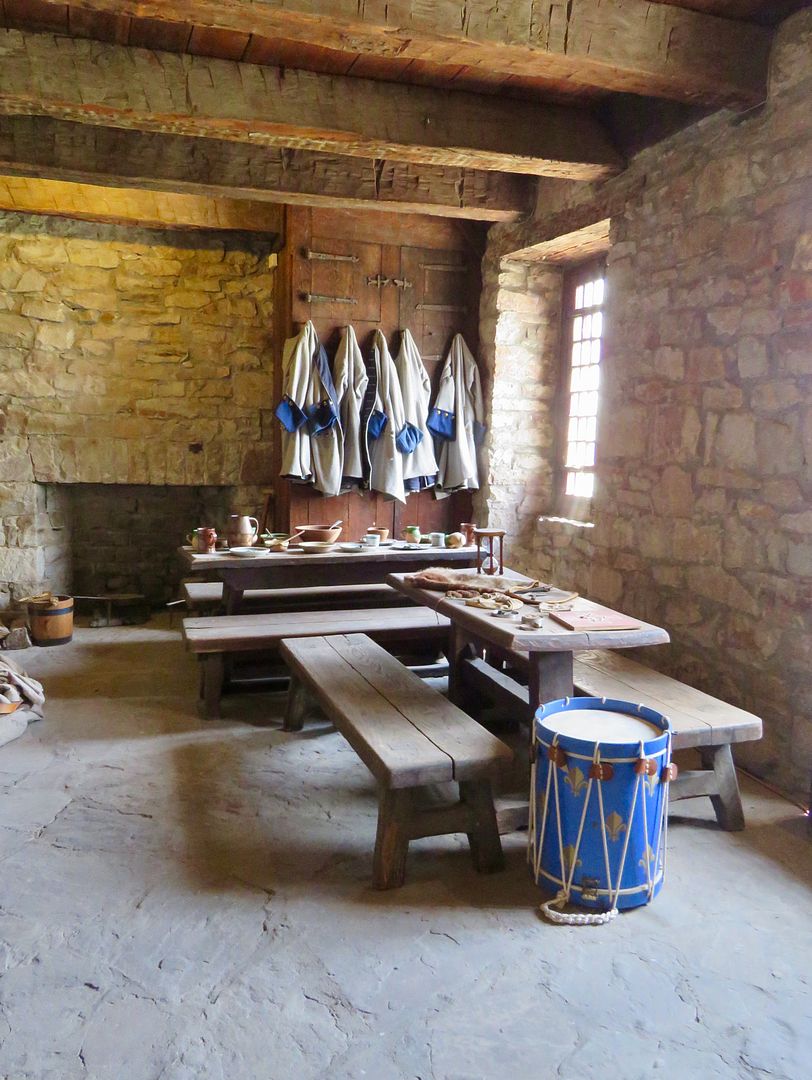



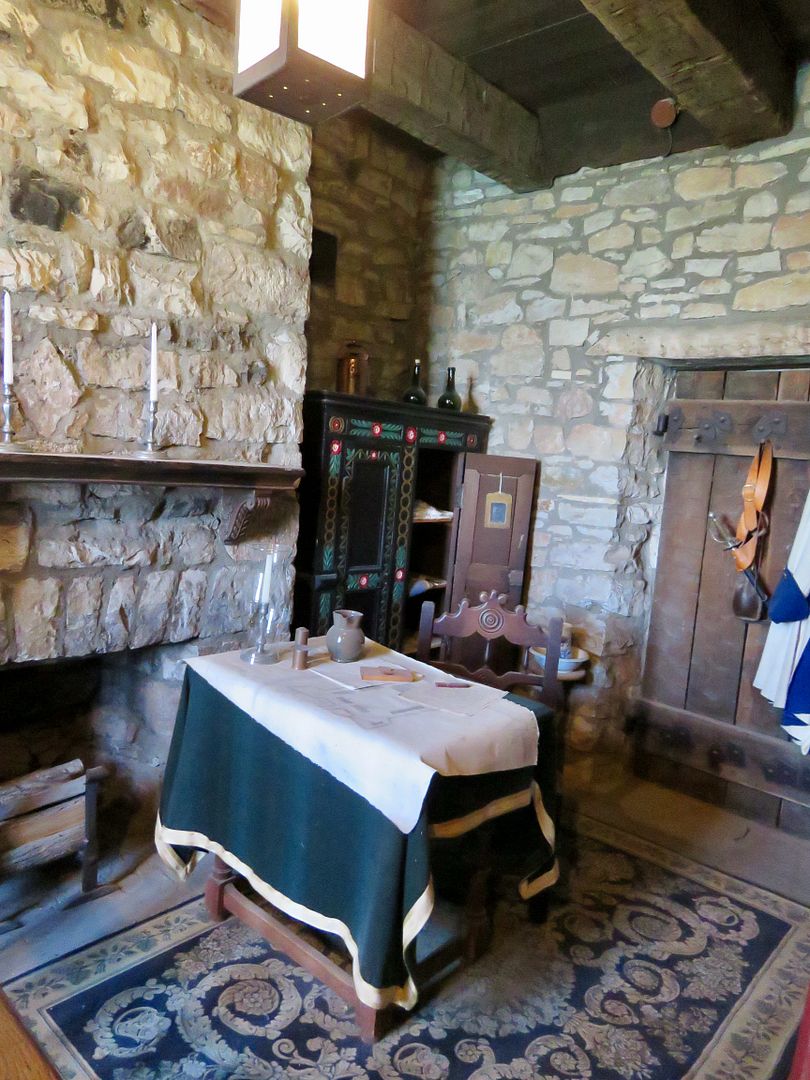

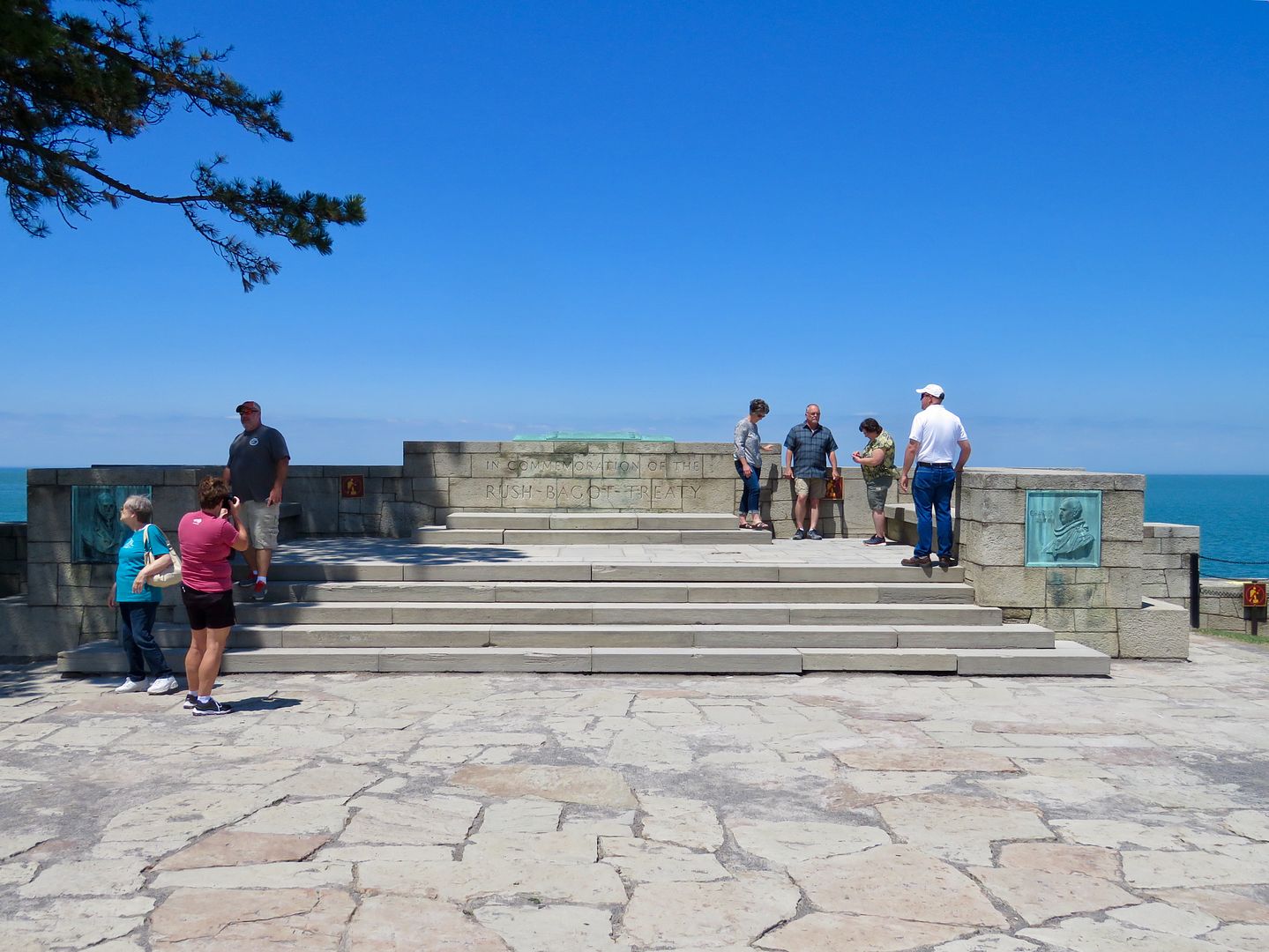
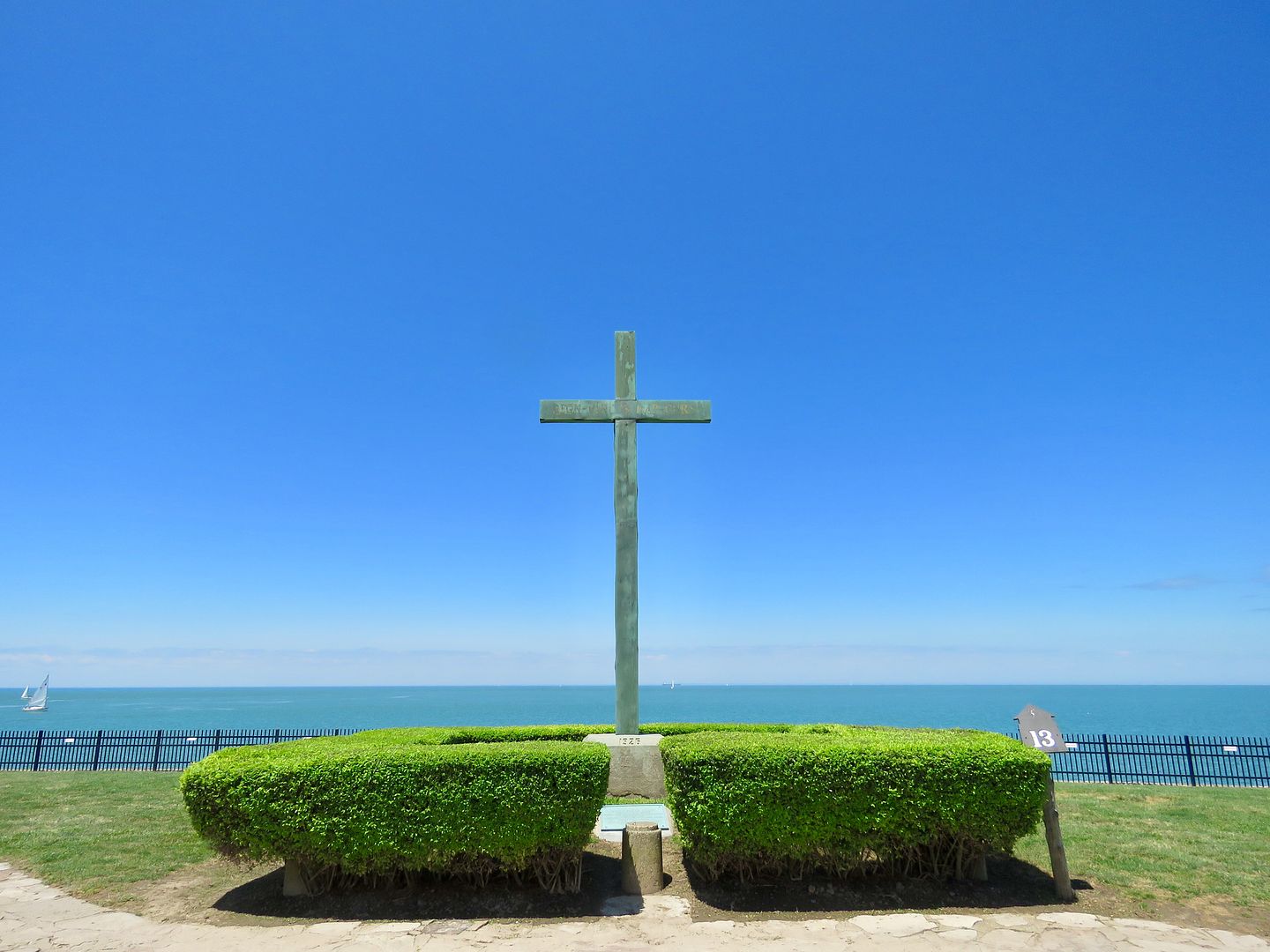
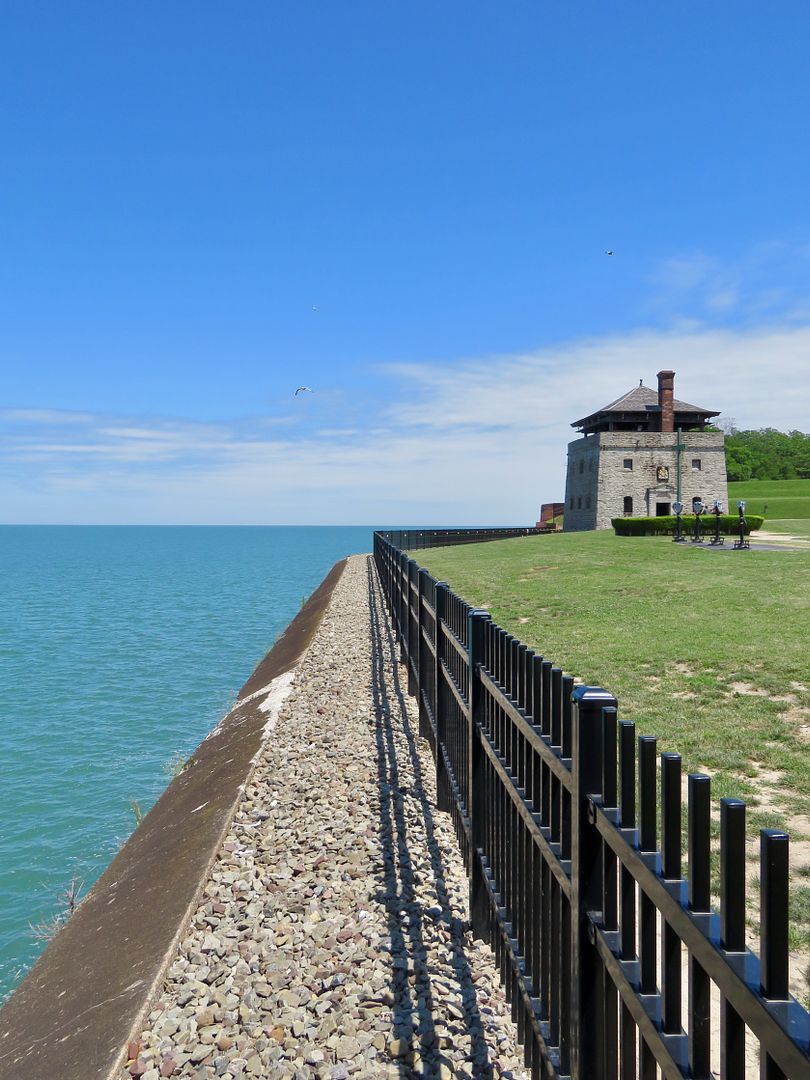
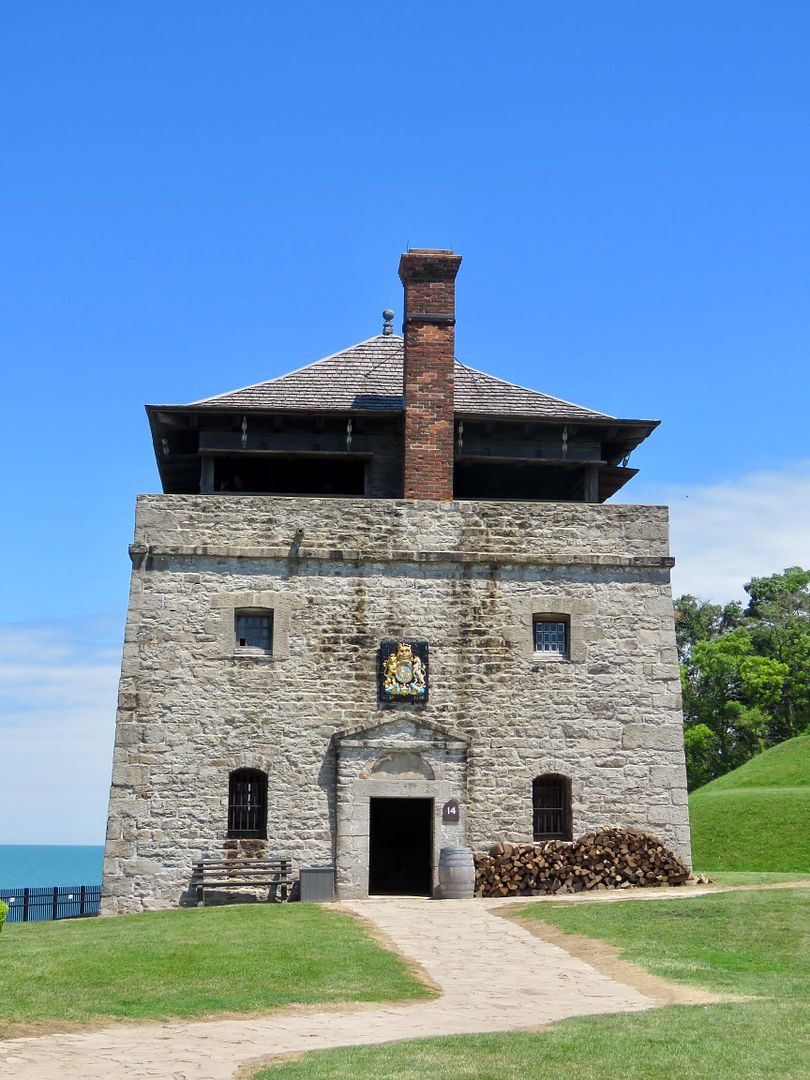
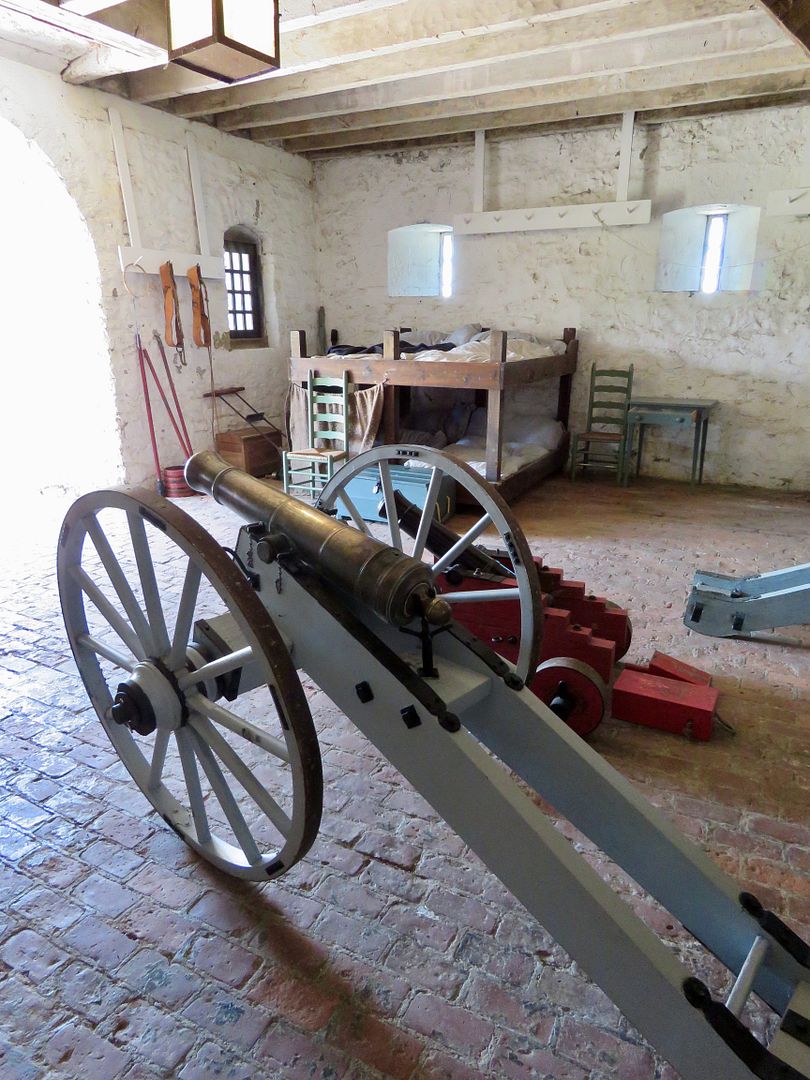
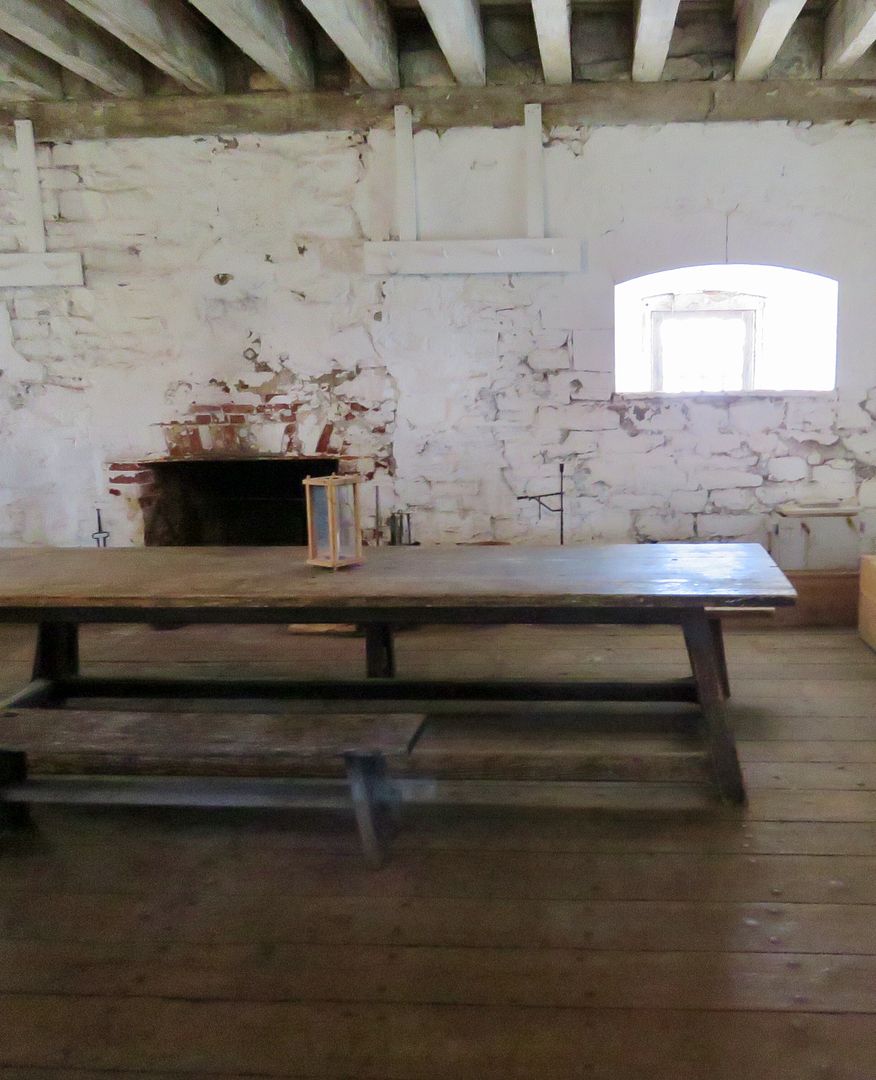
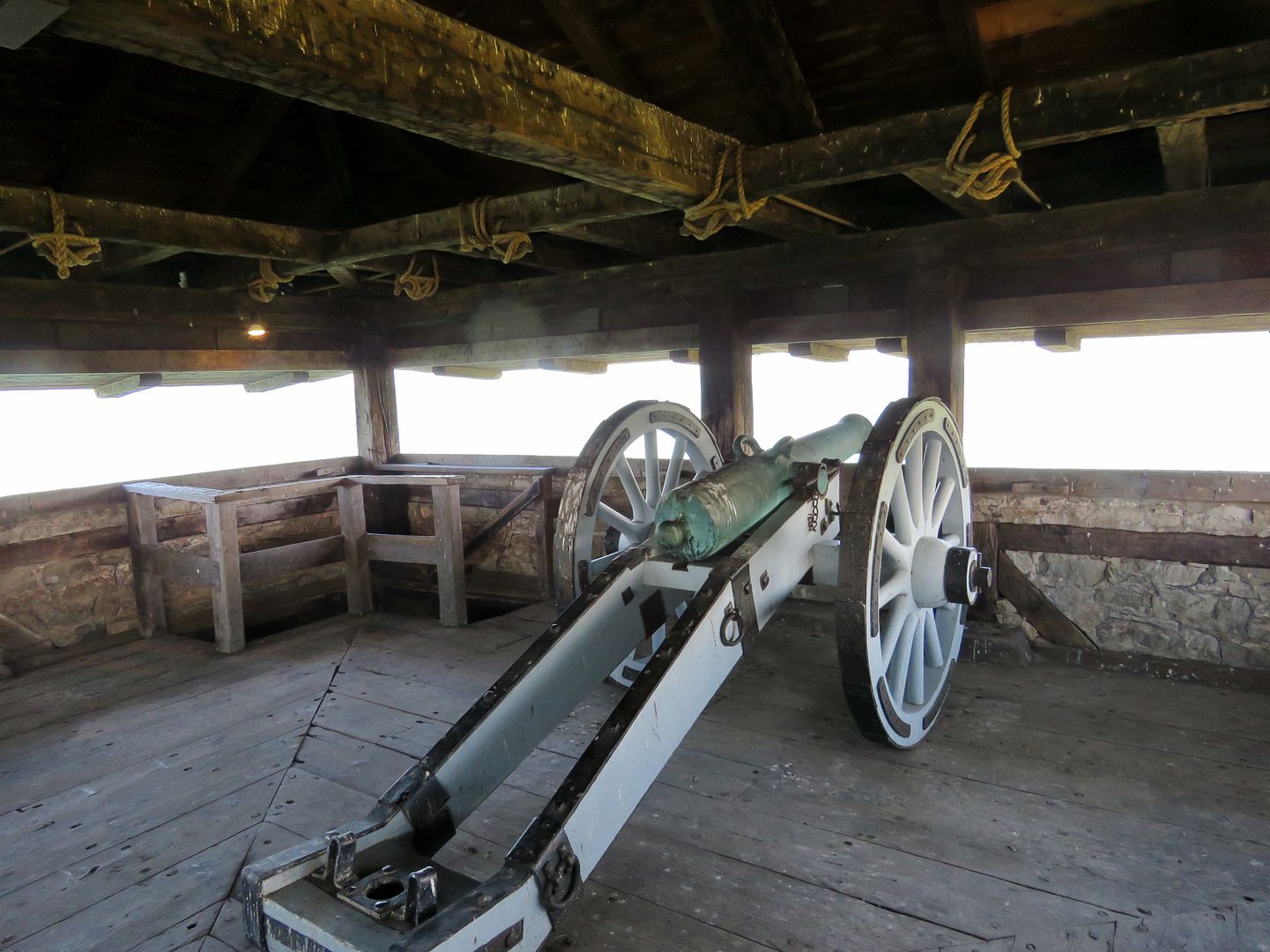


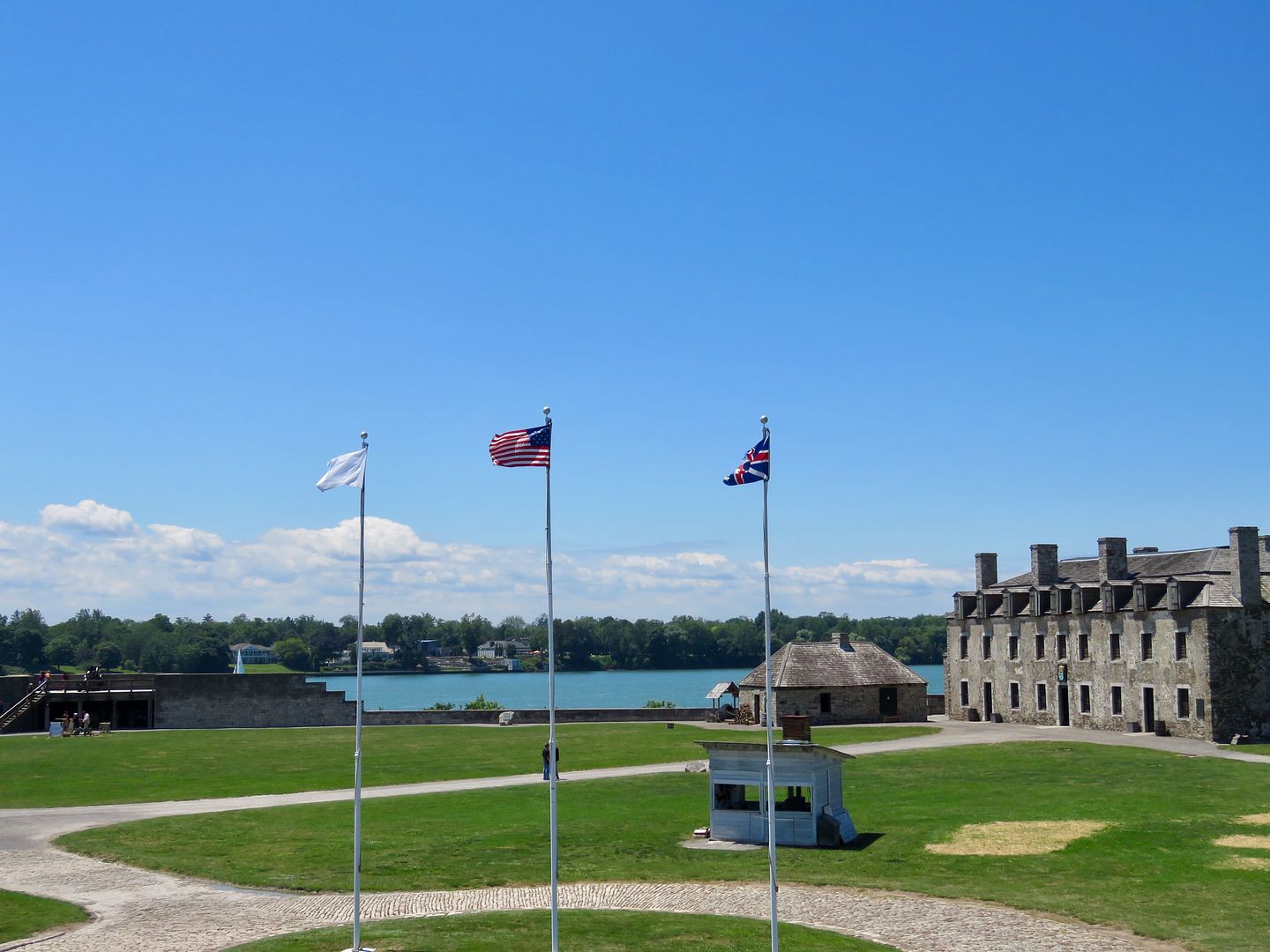
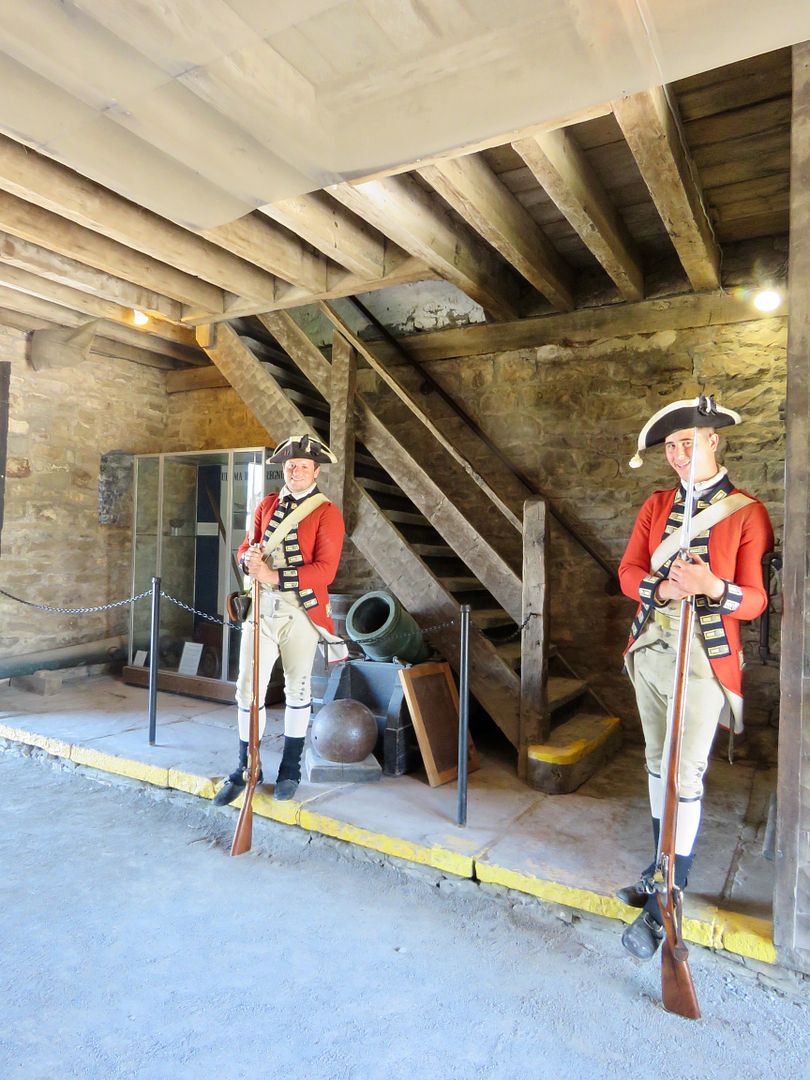
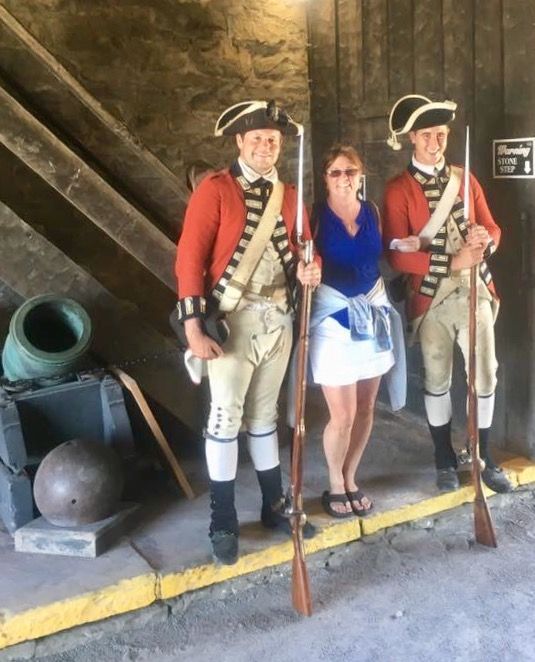
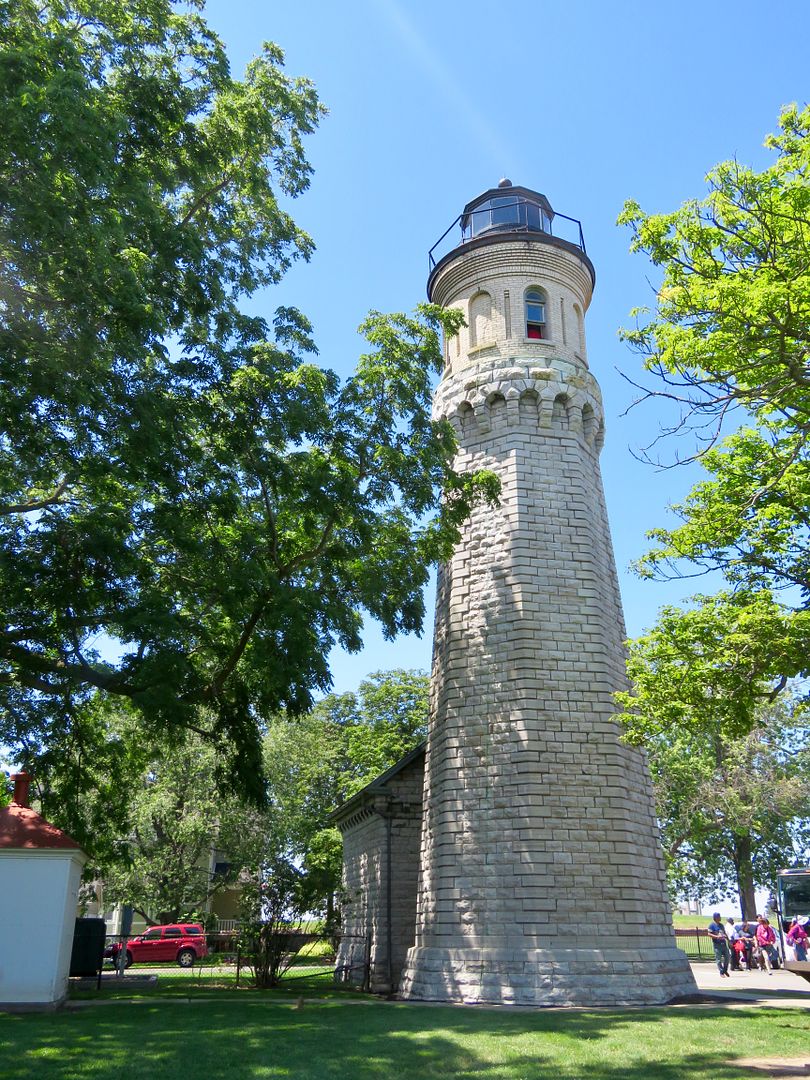

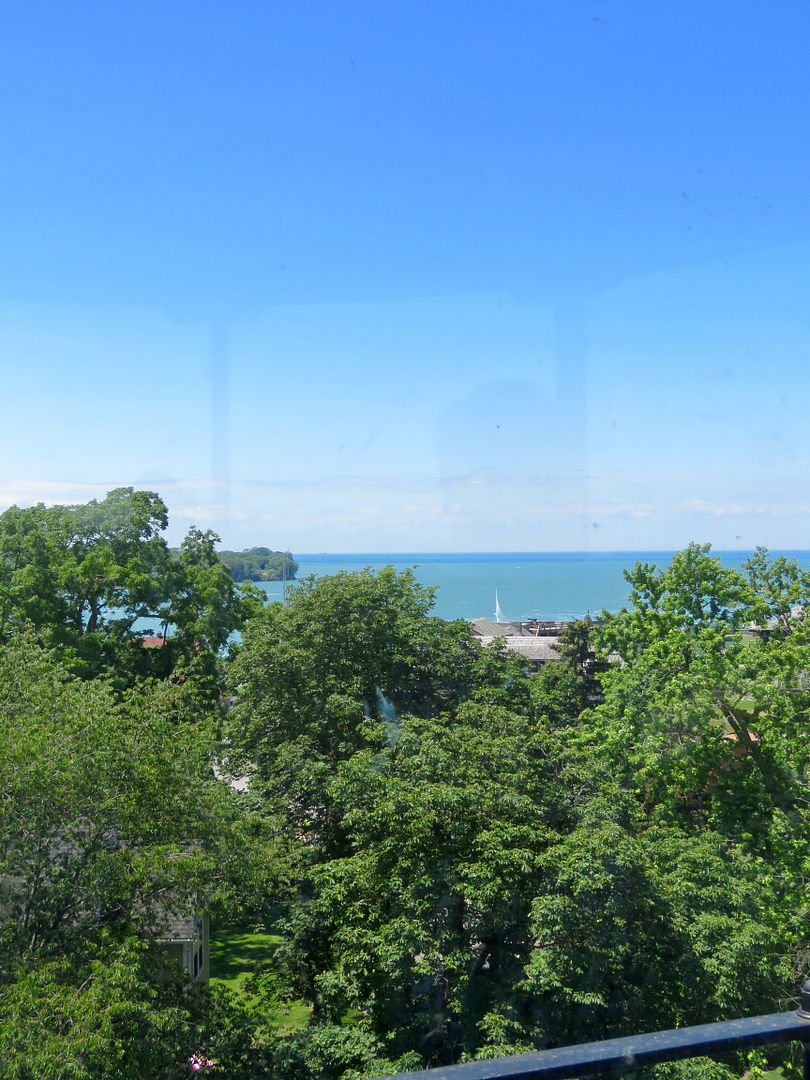
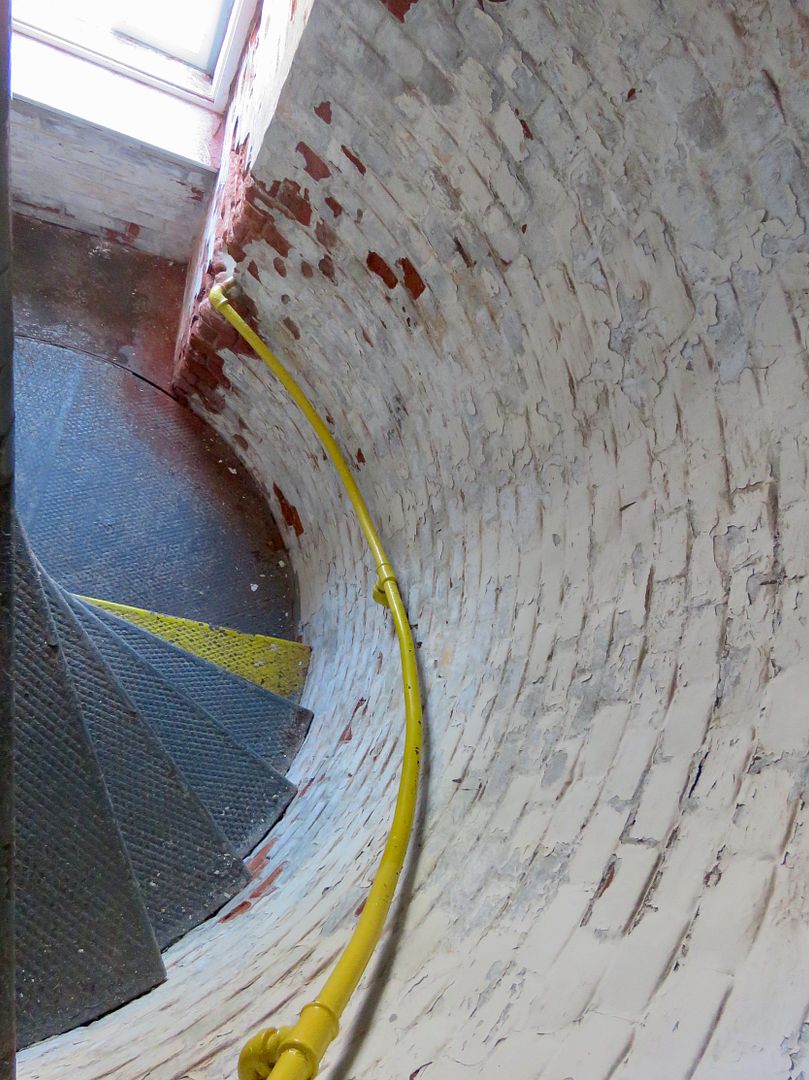
No comments:
Post a Comment